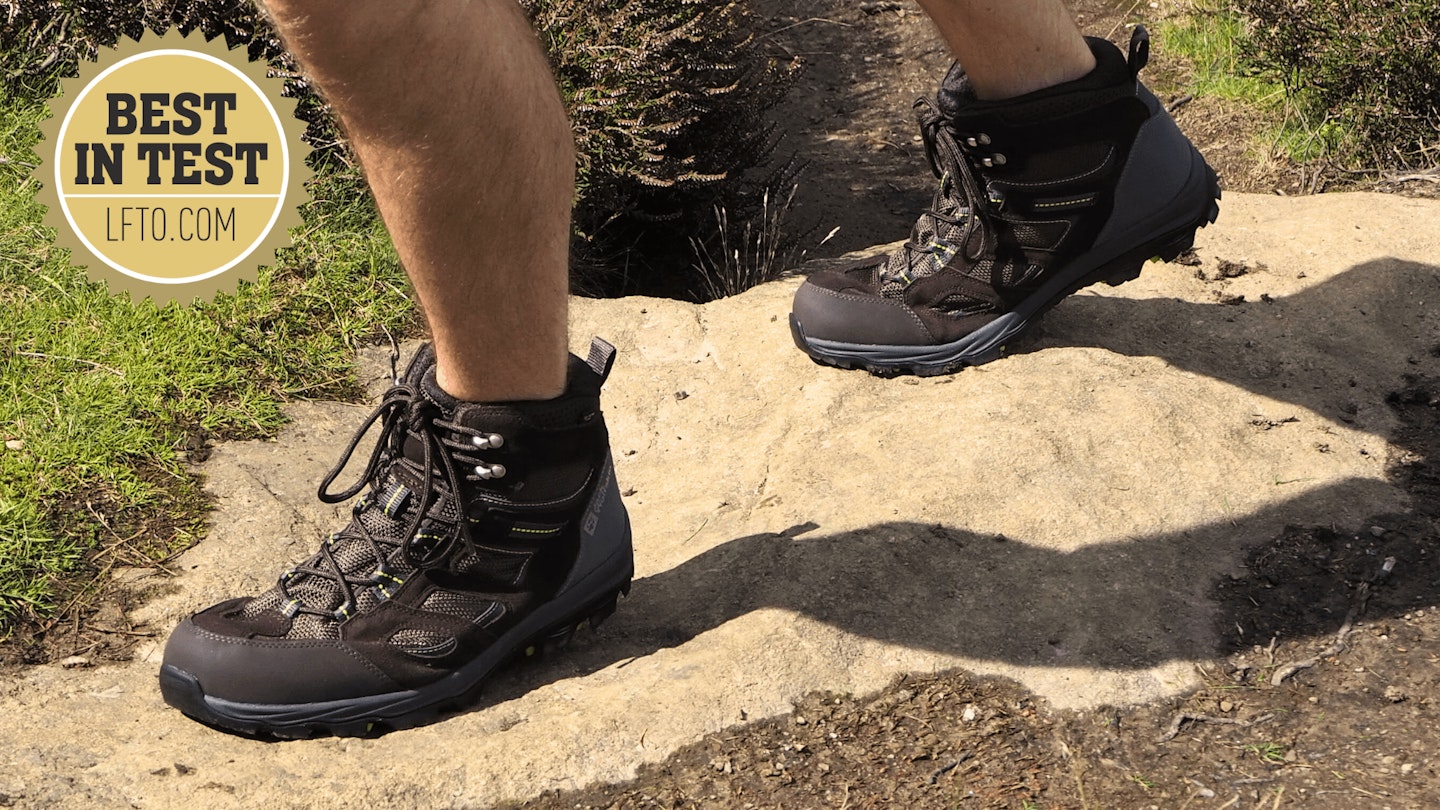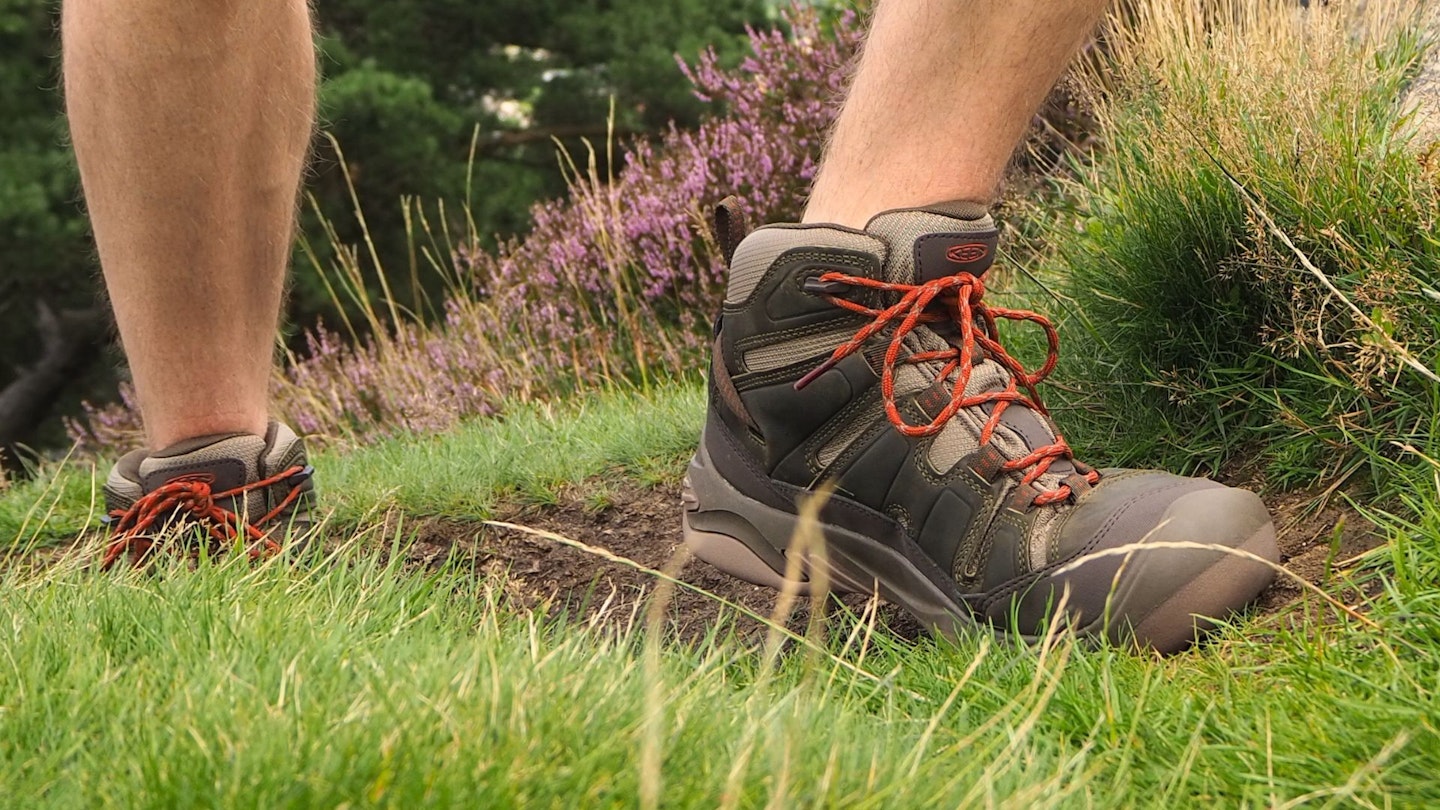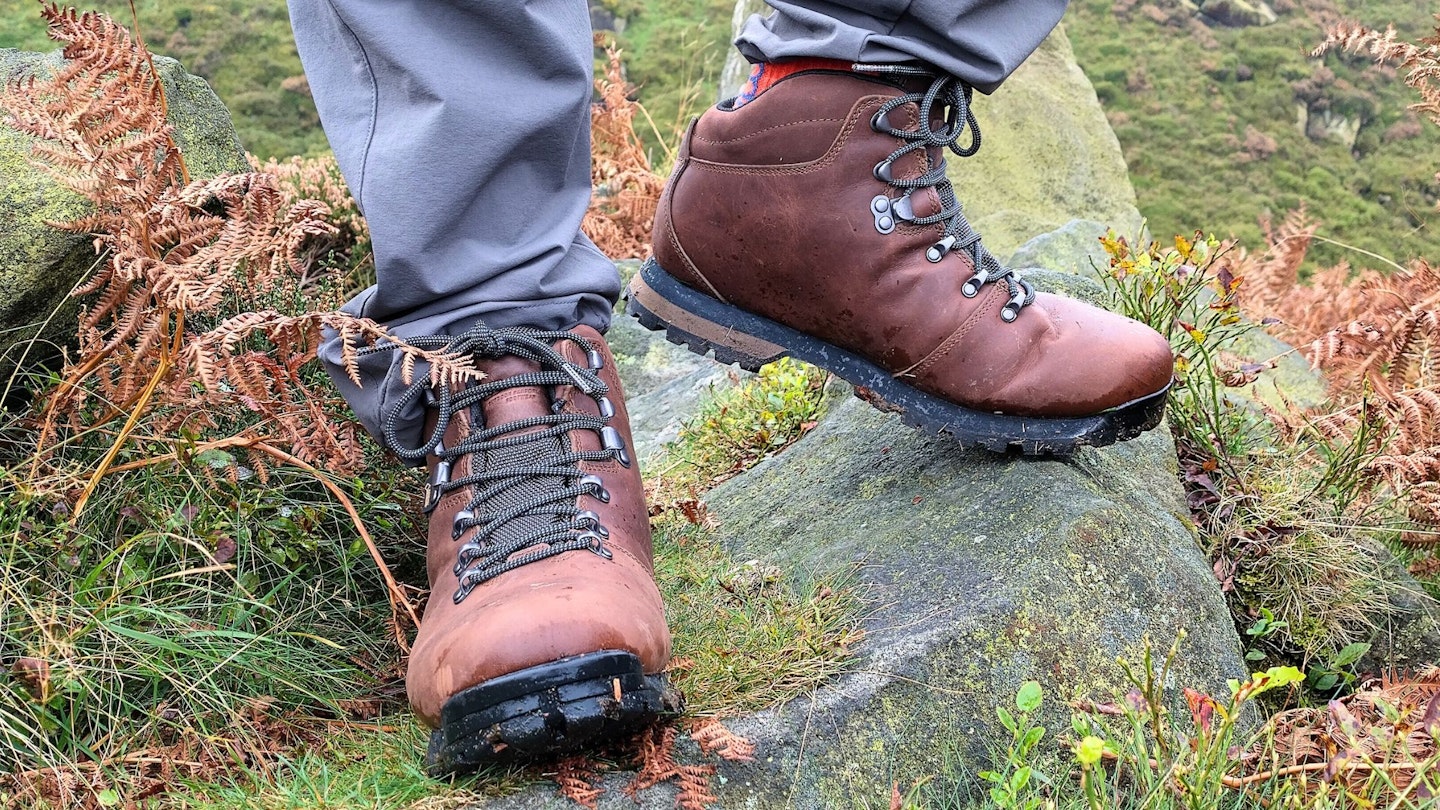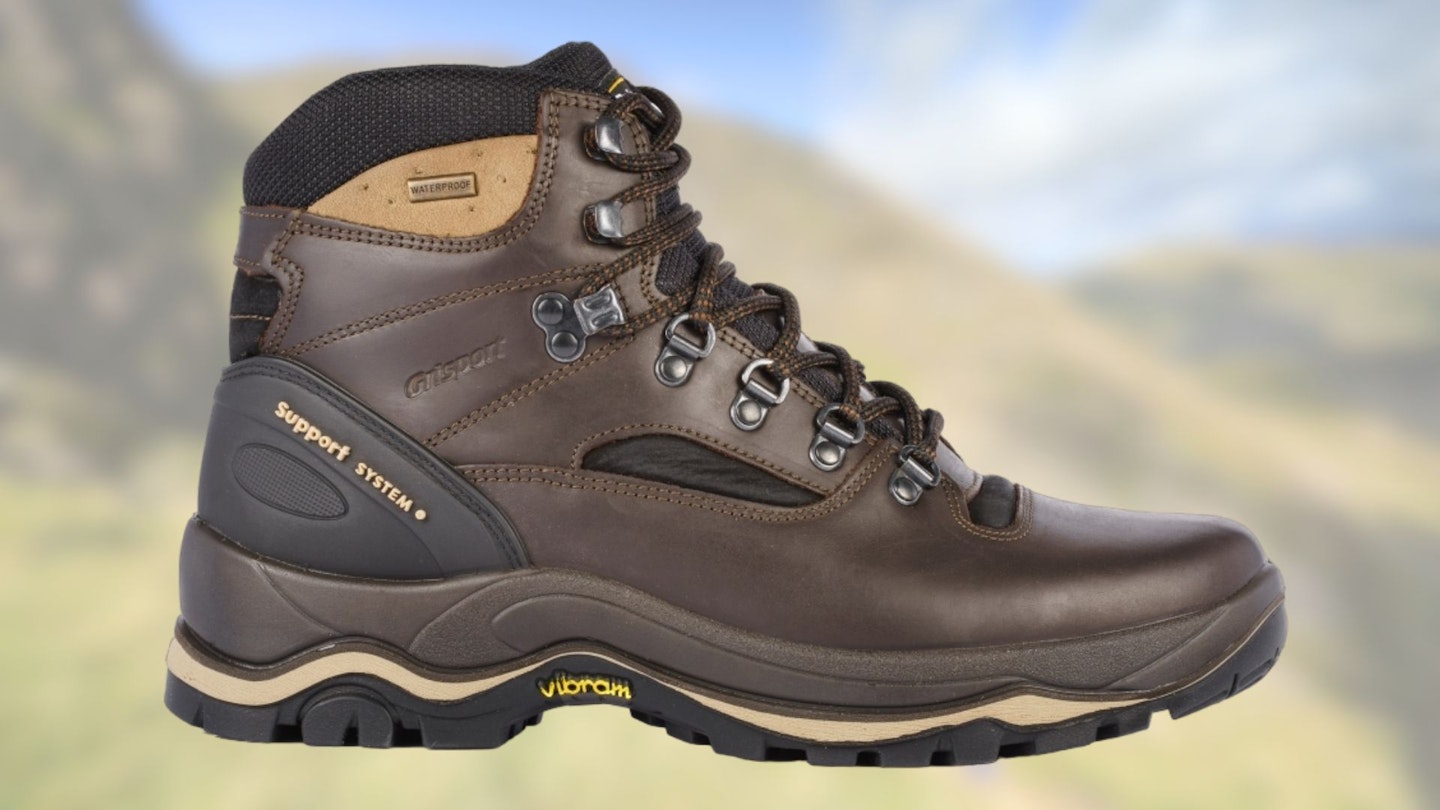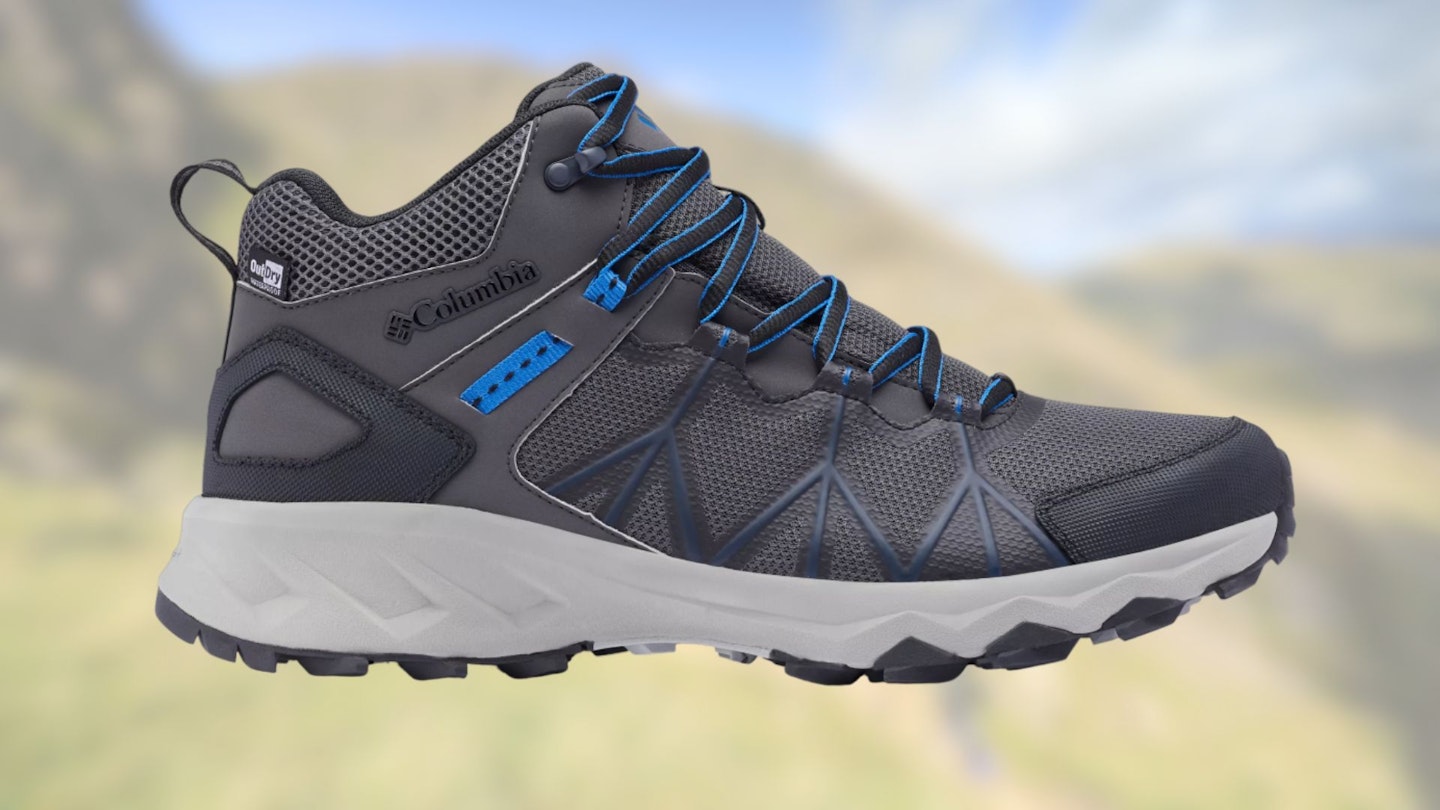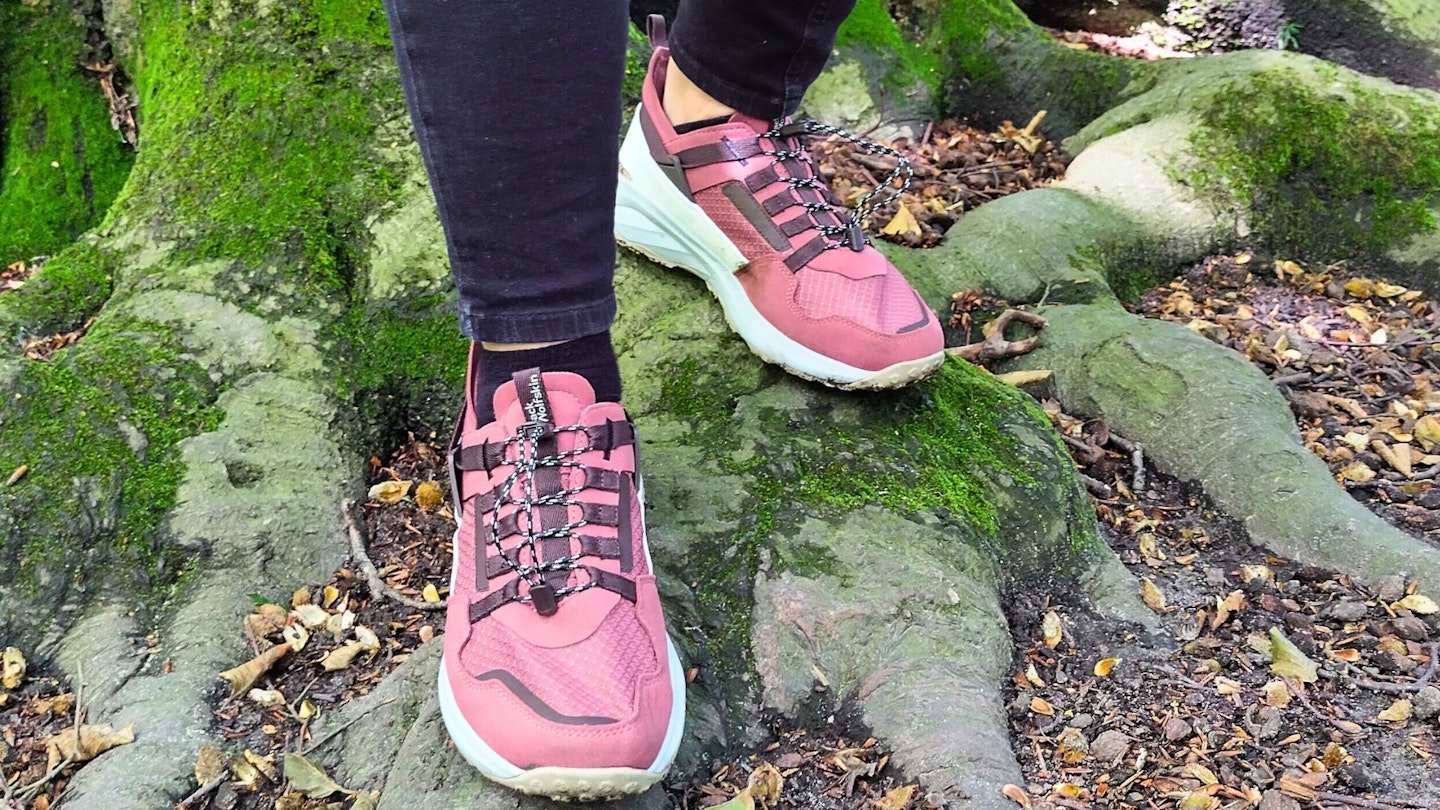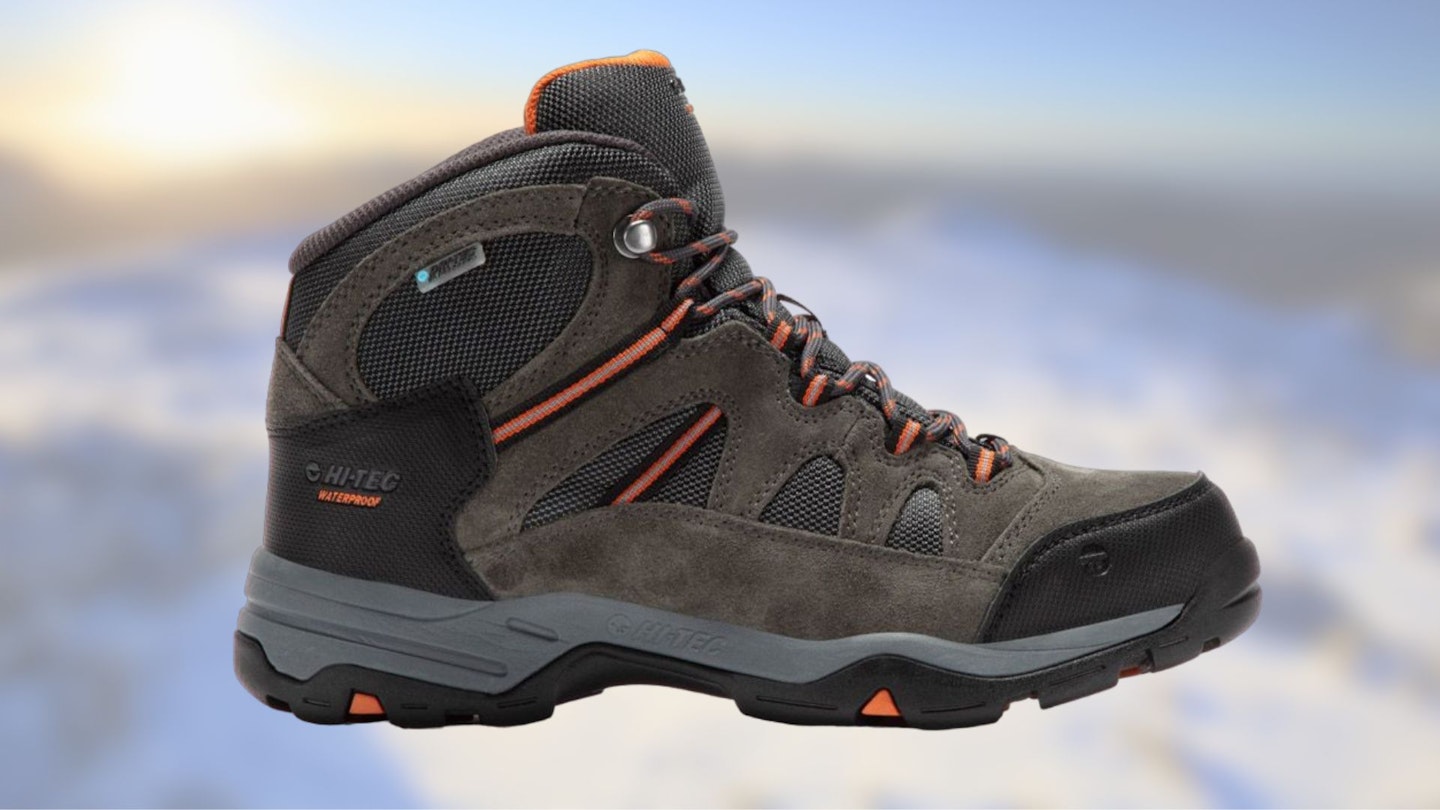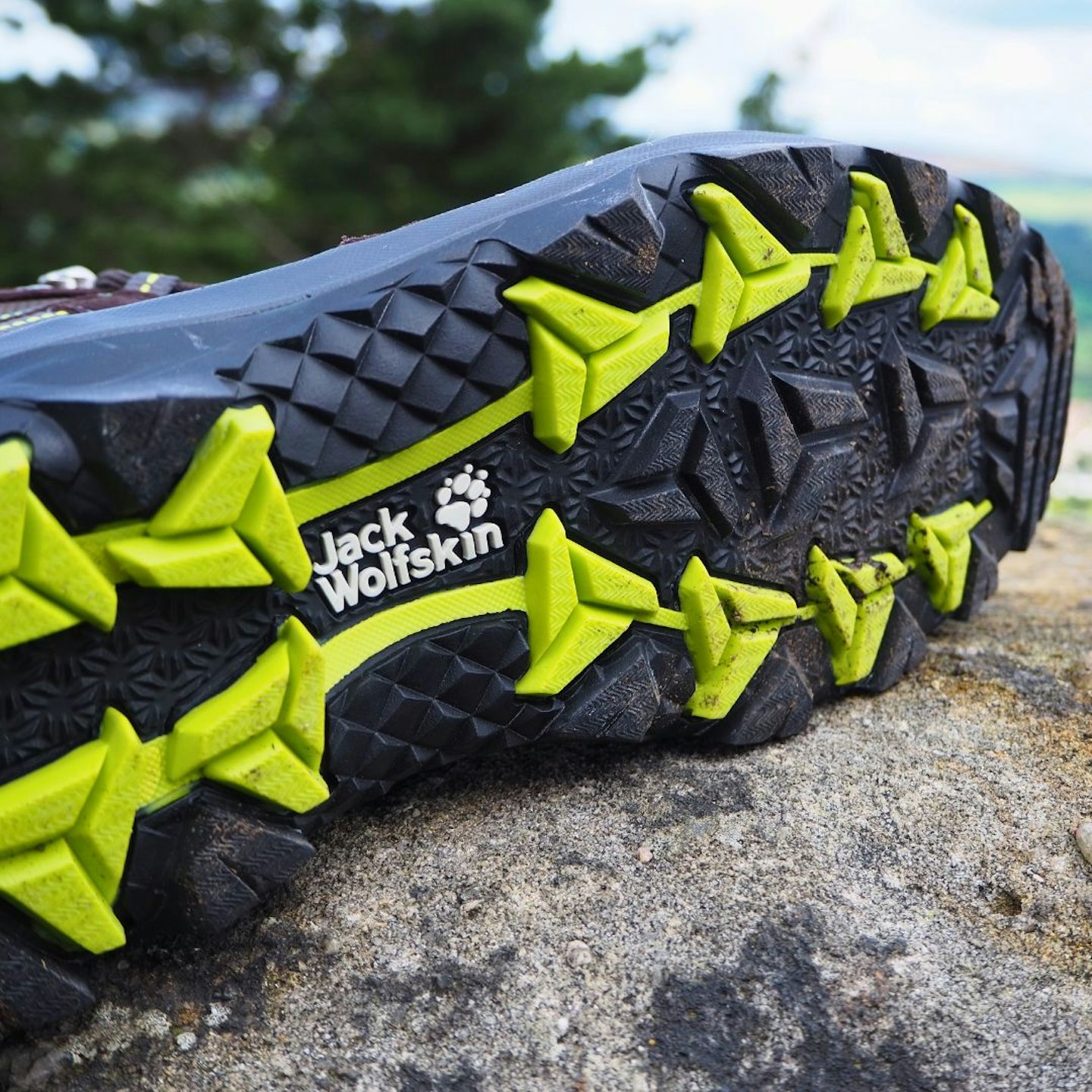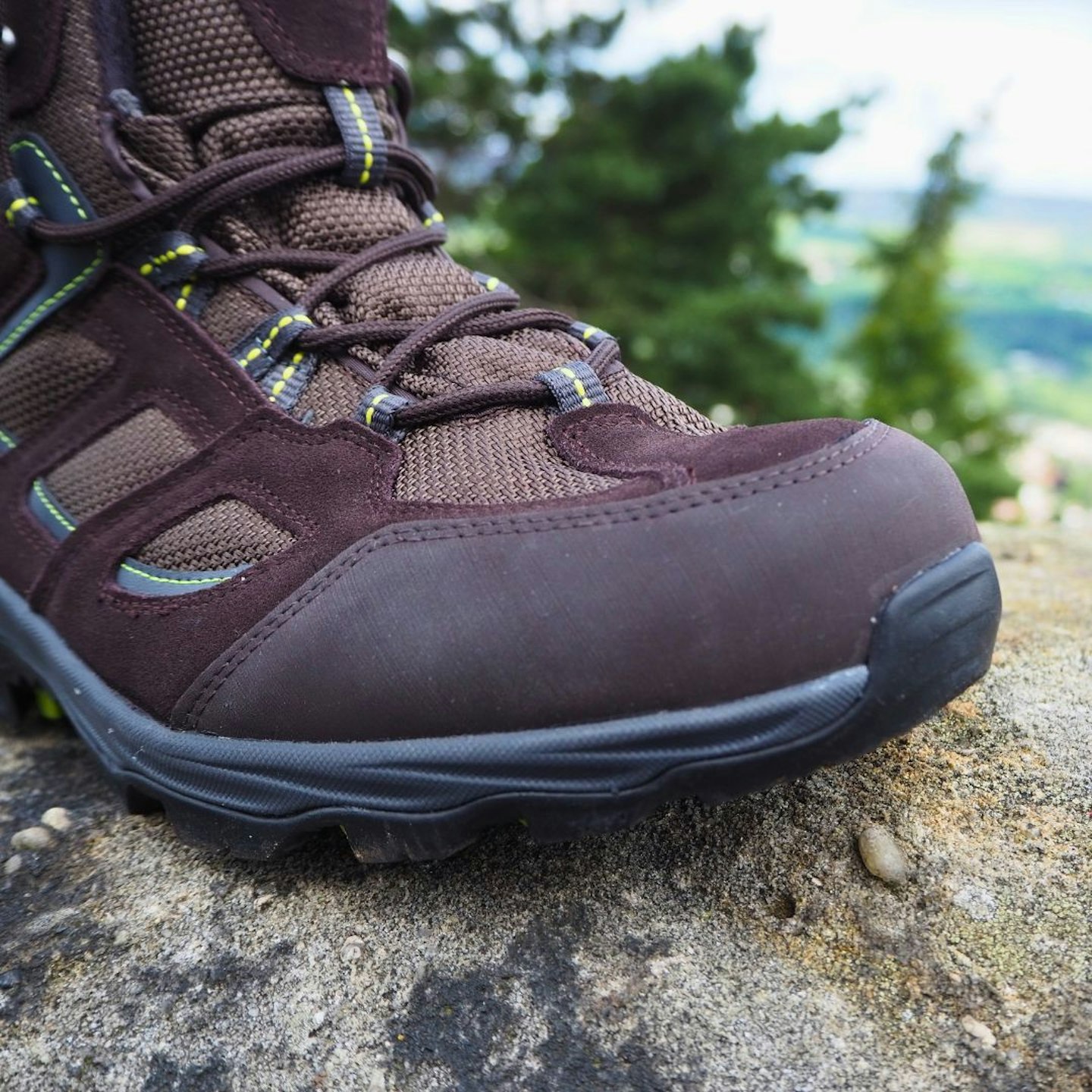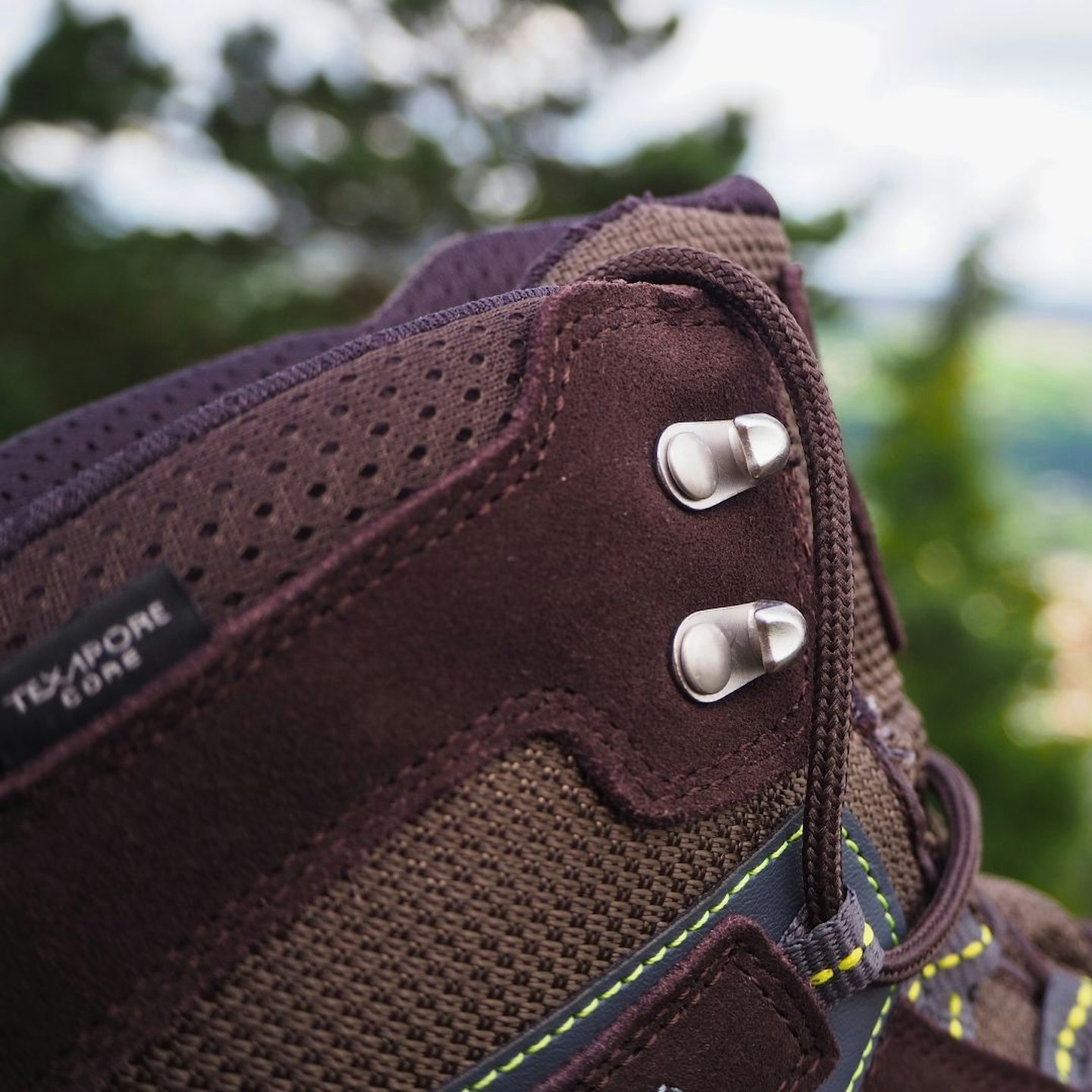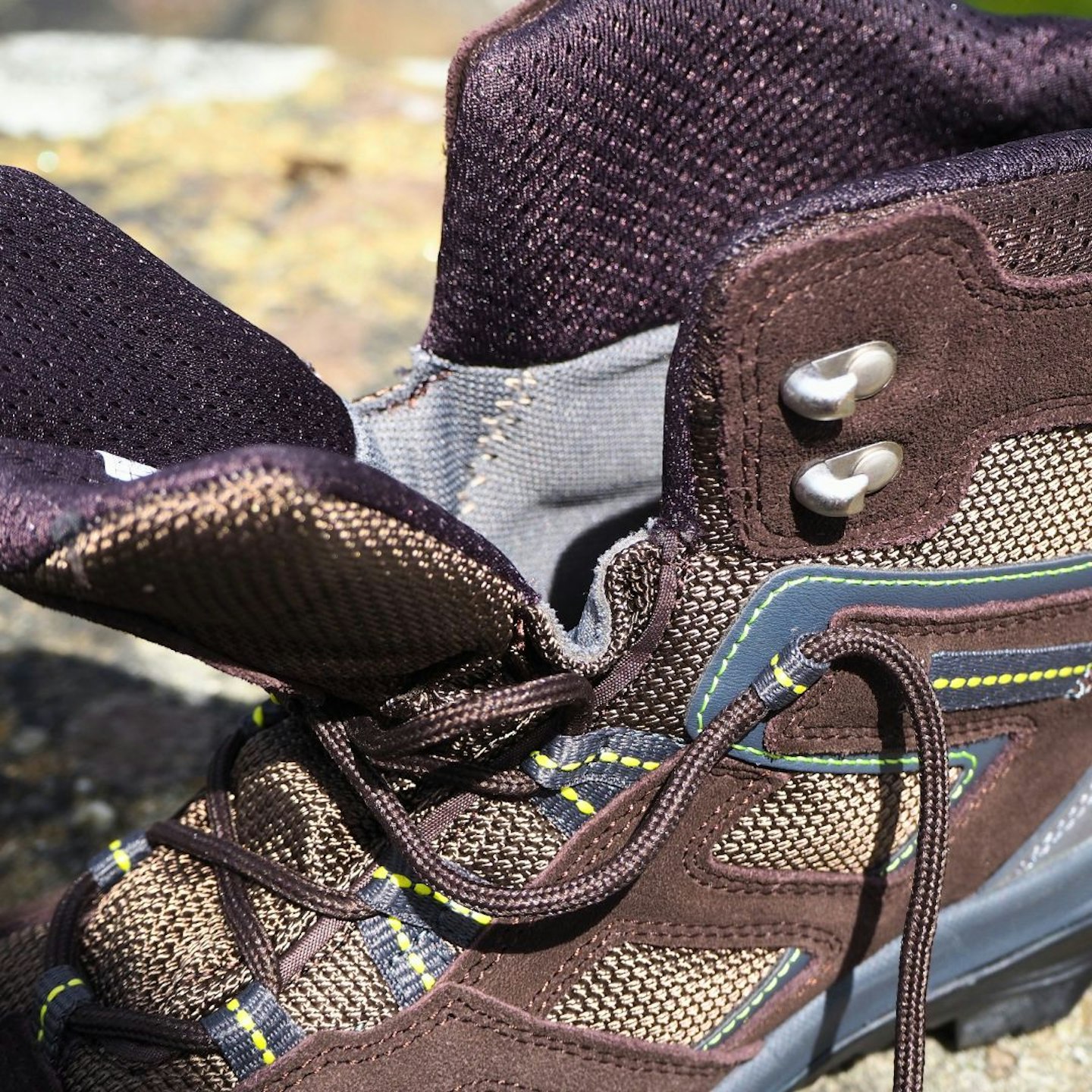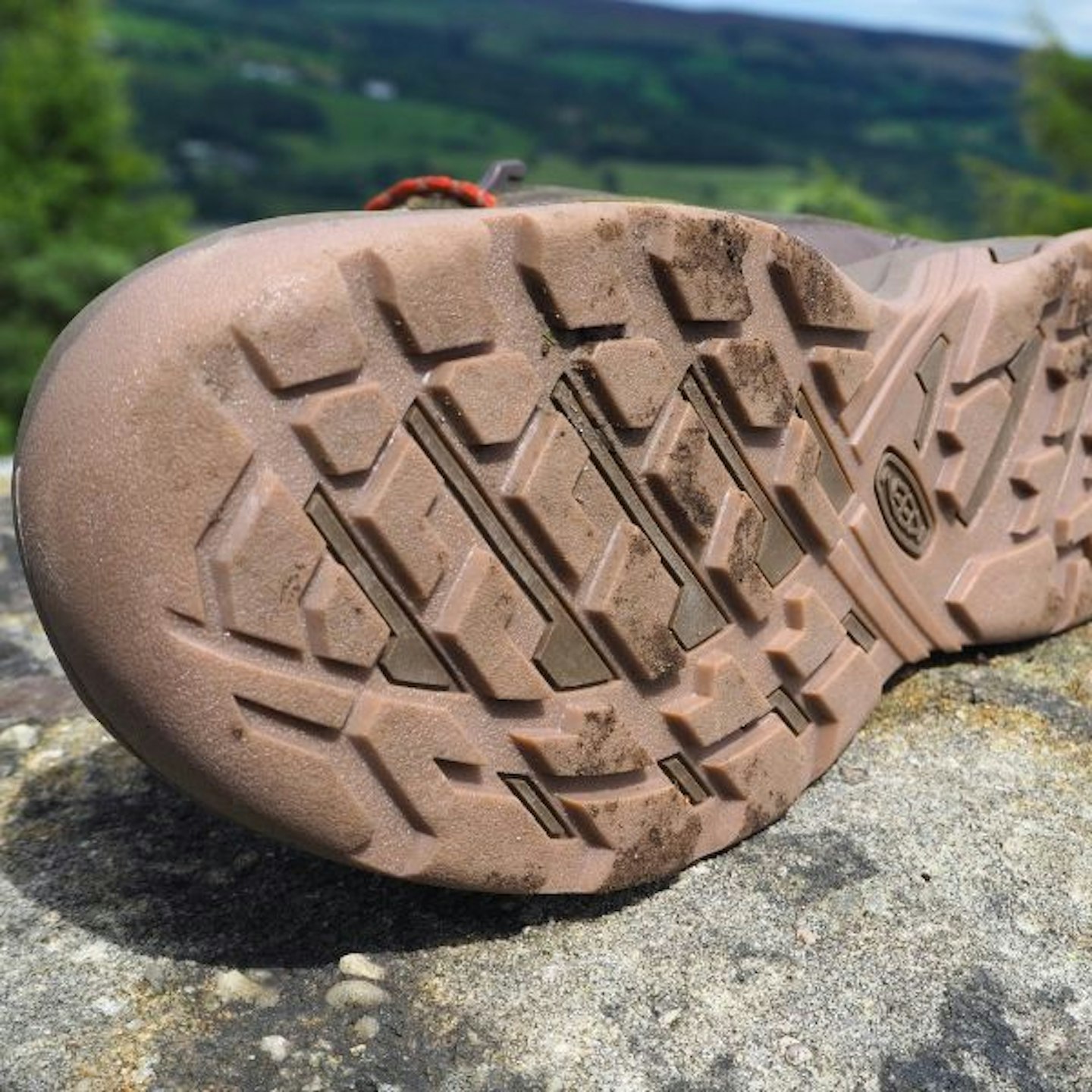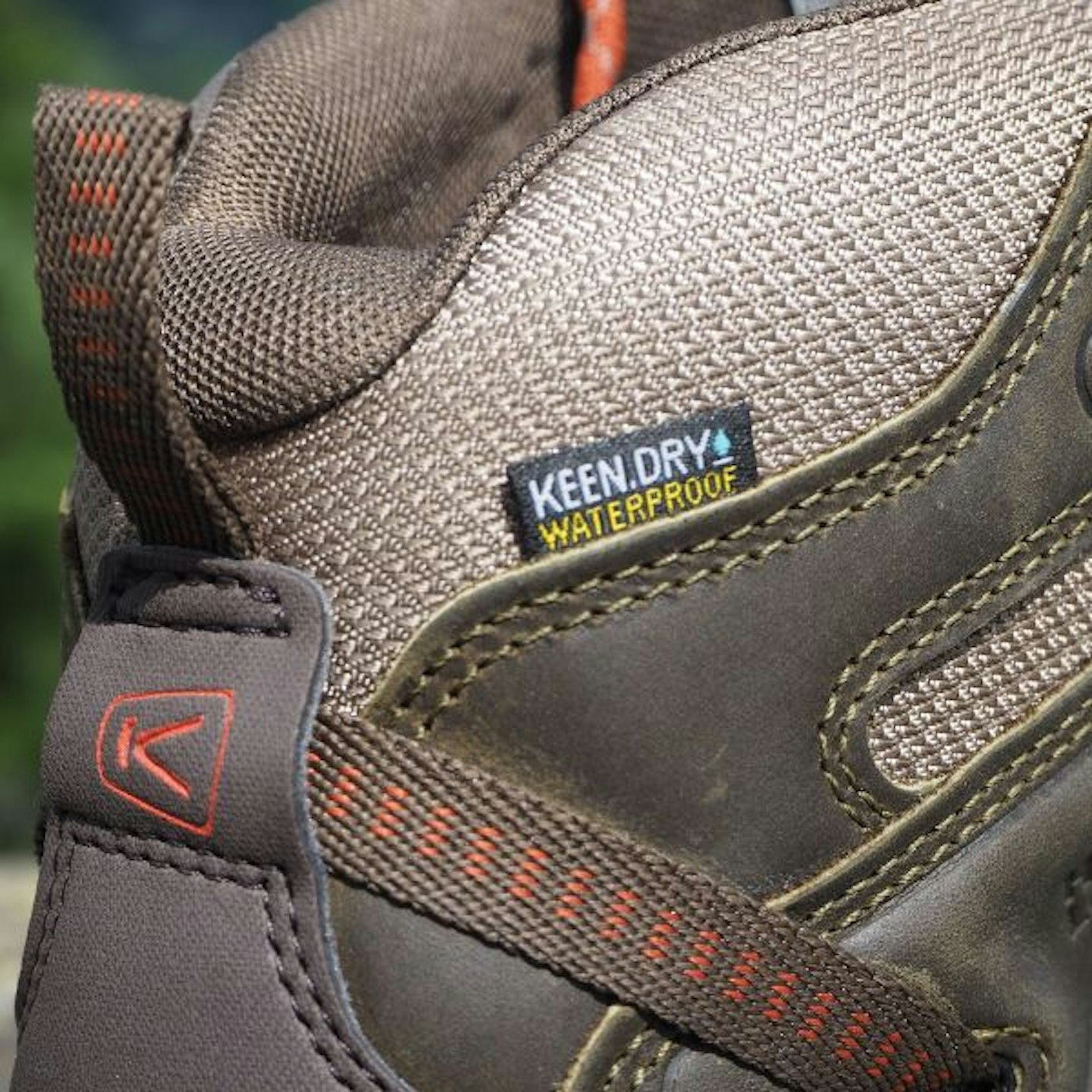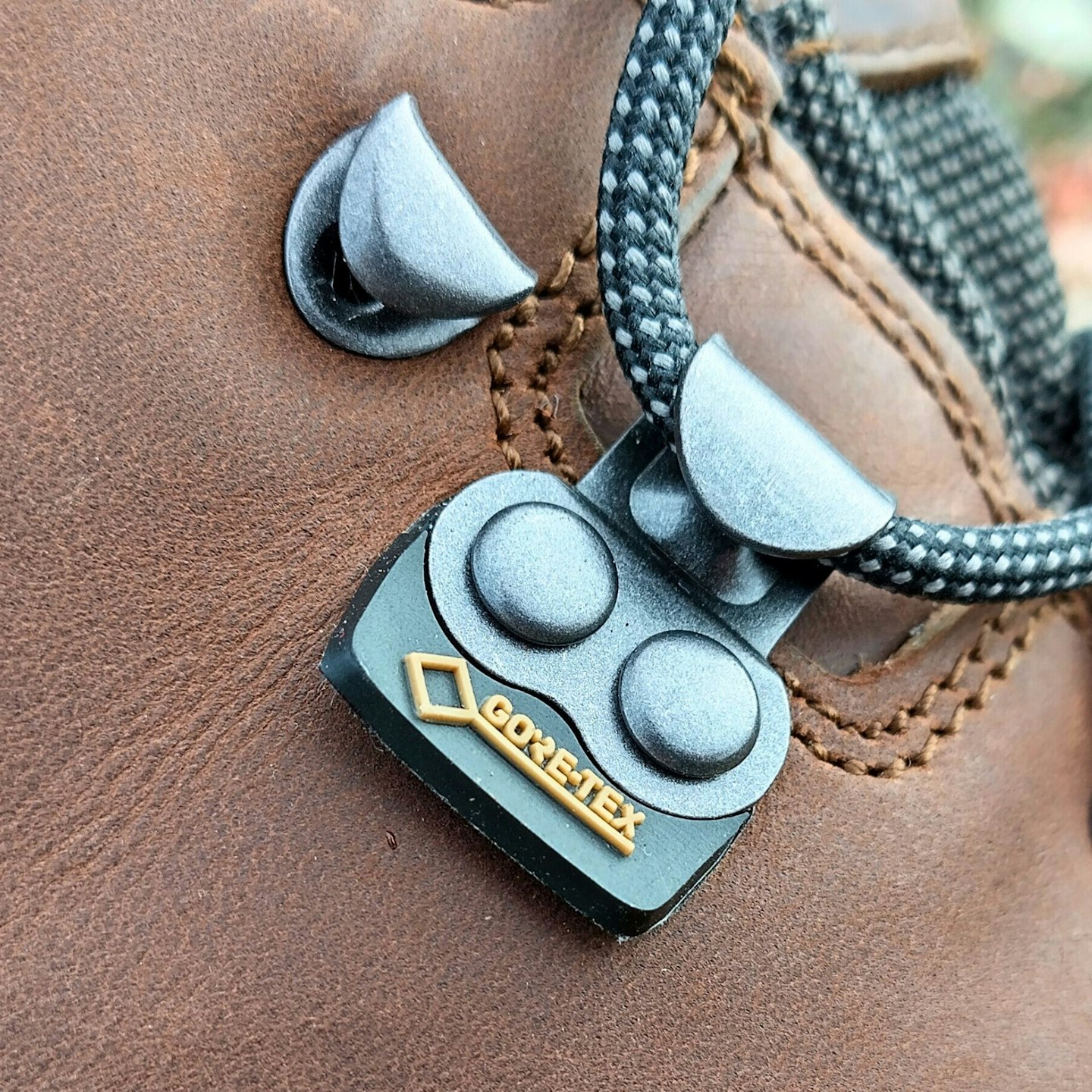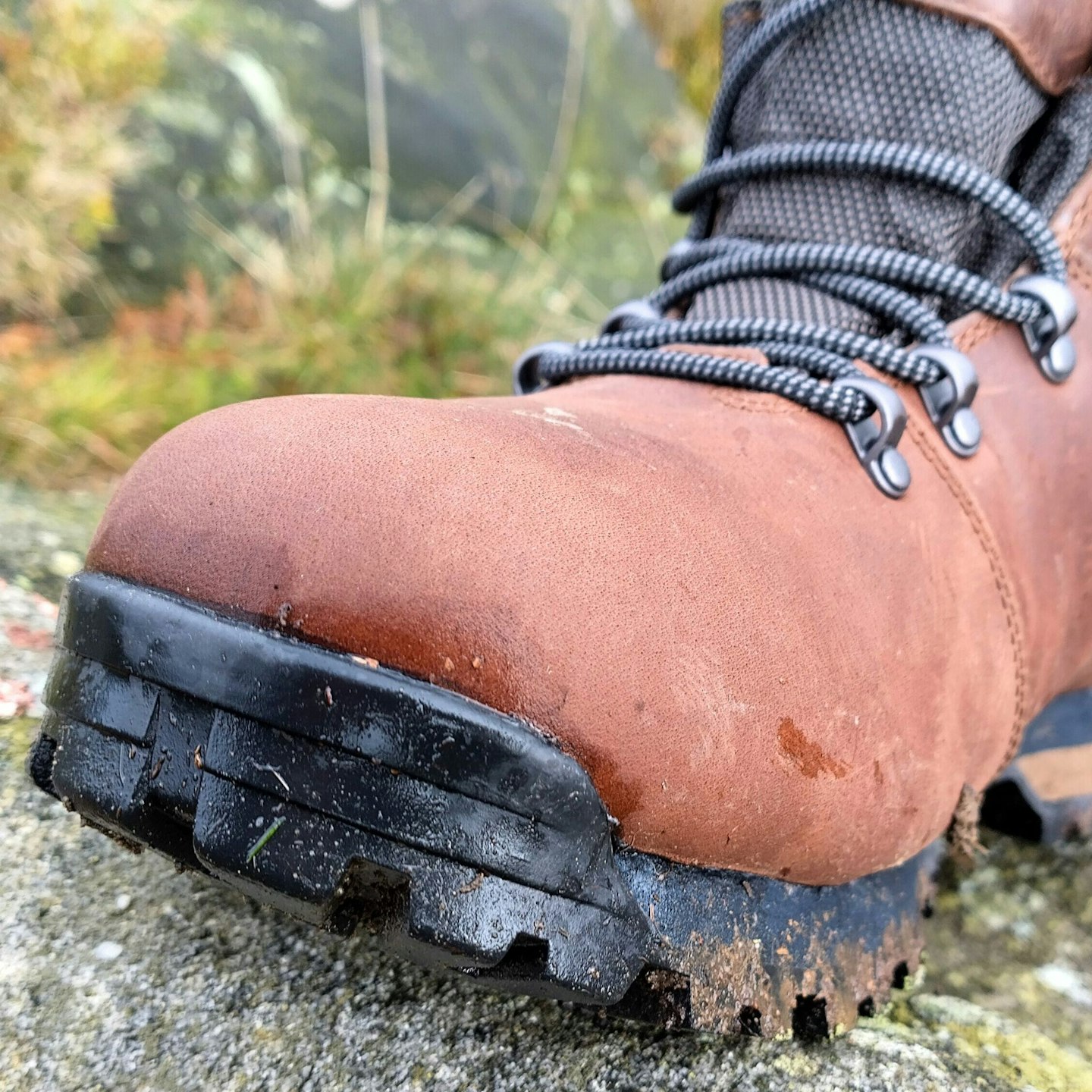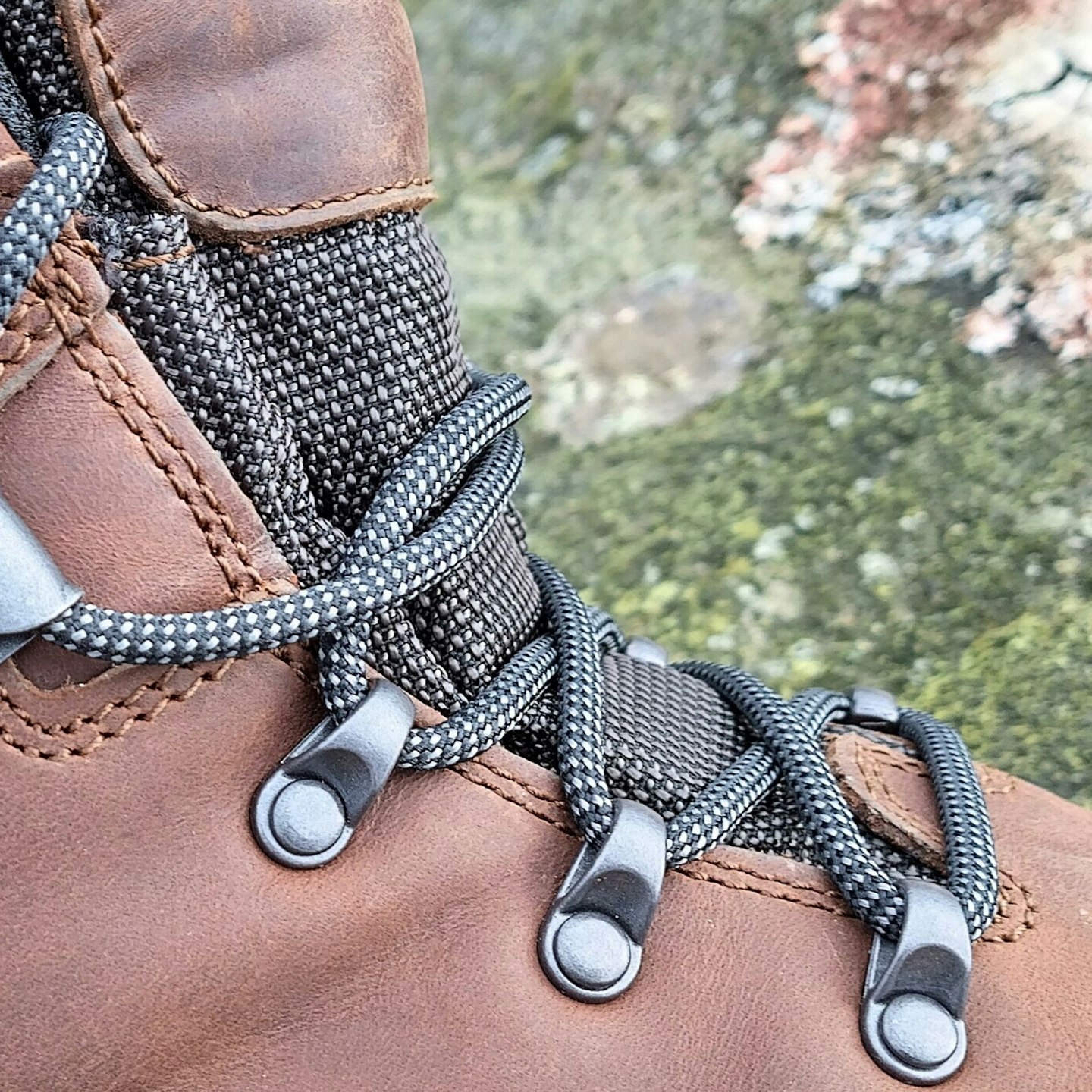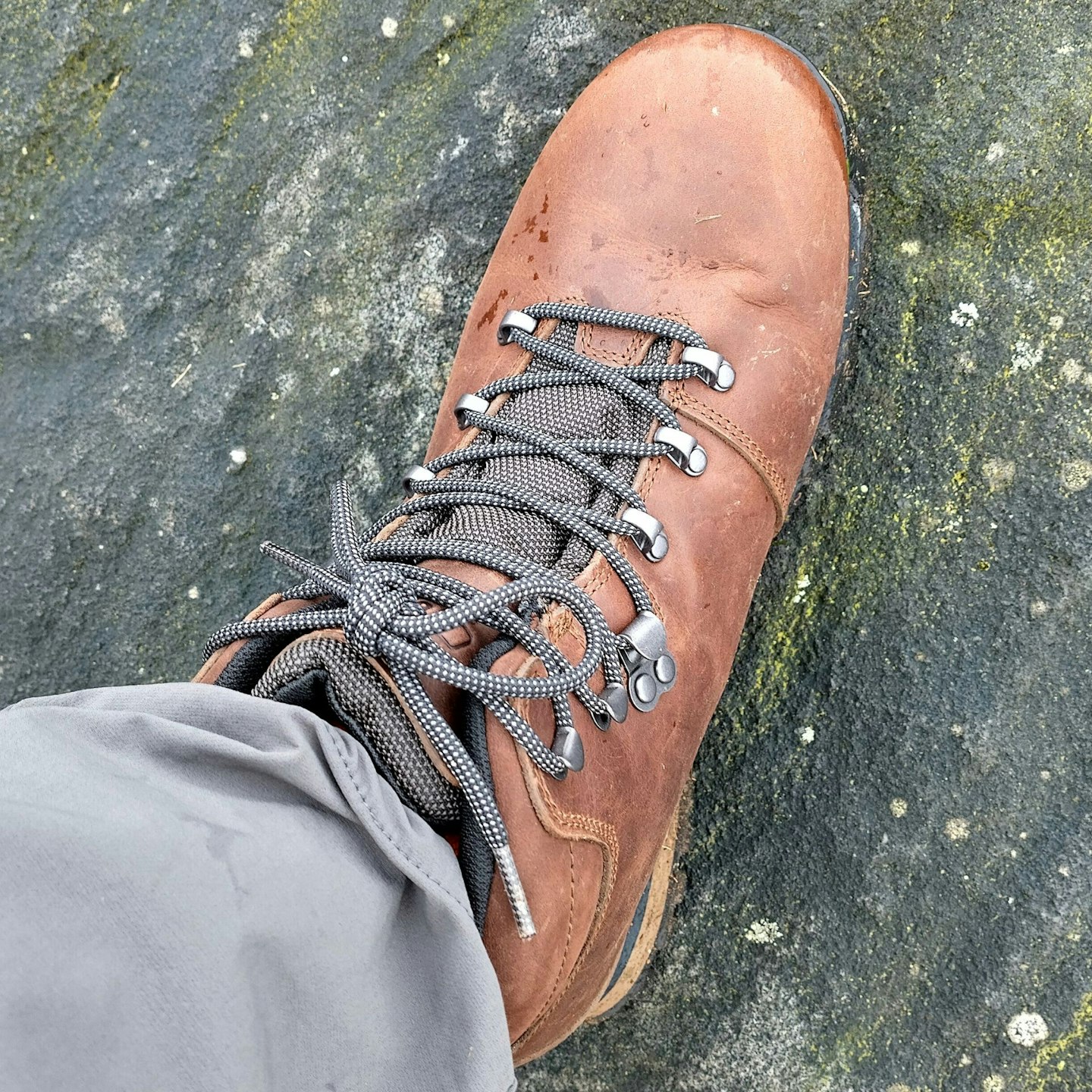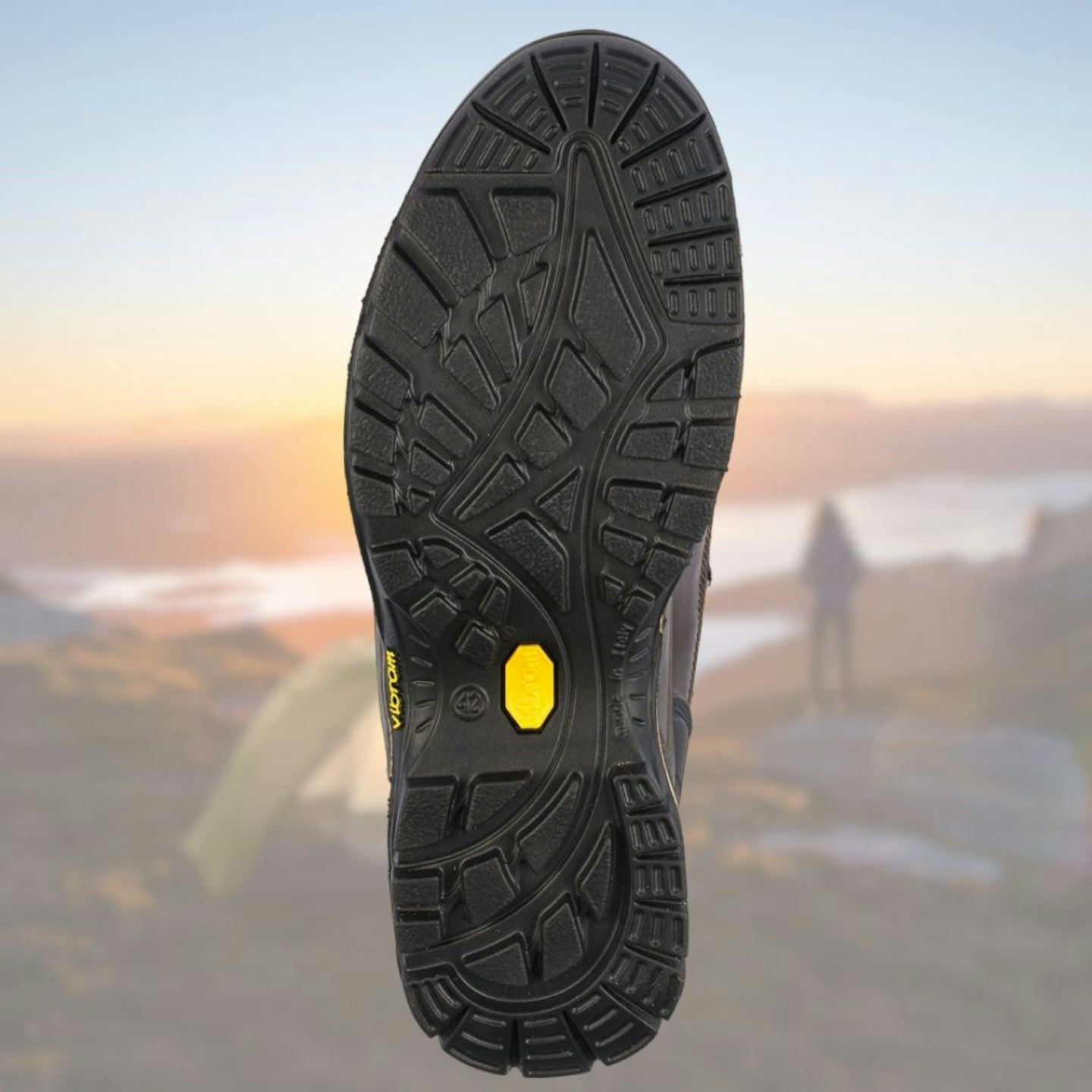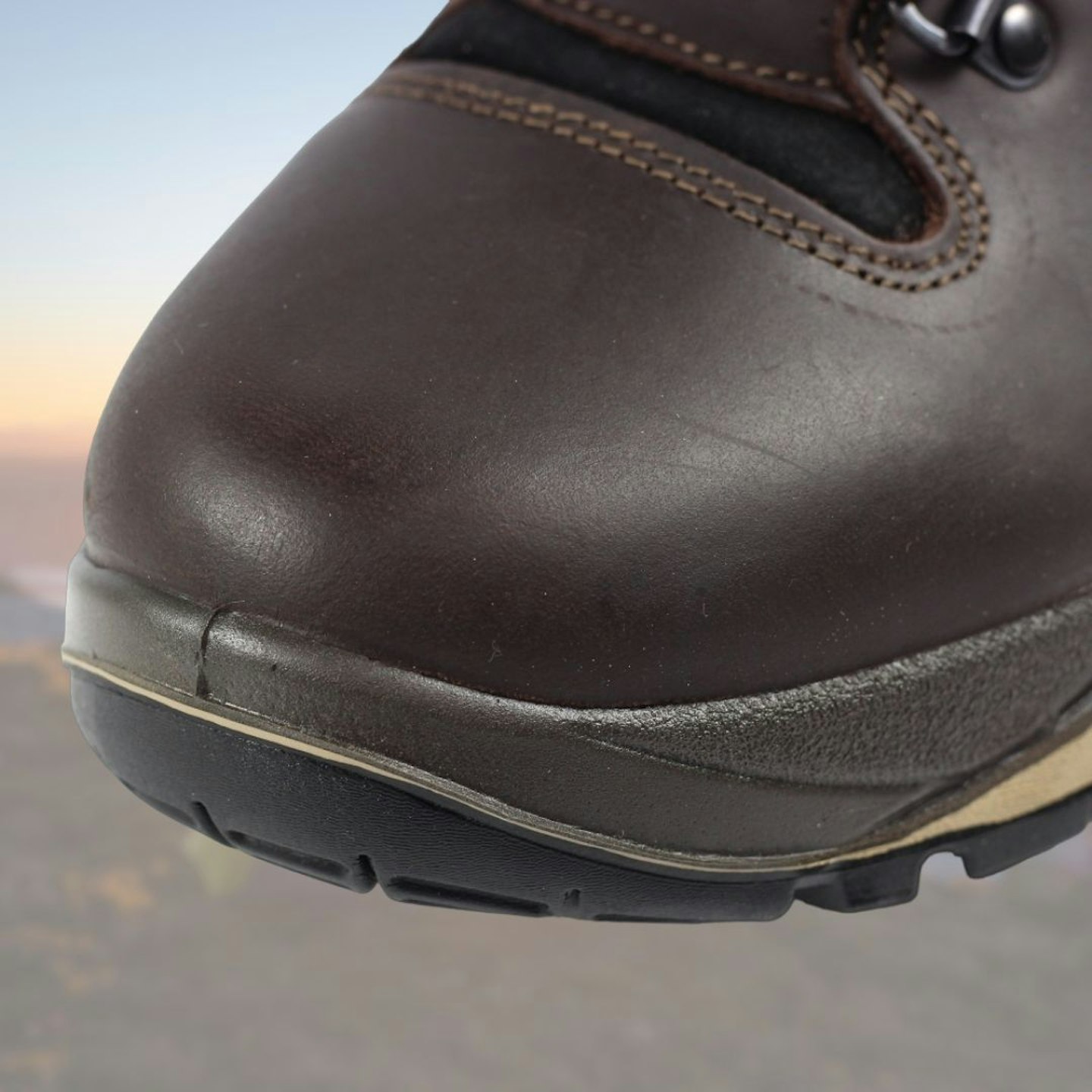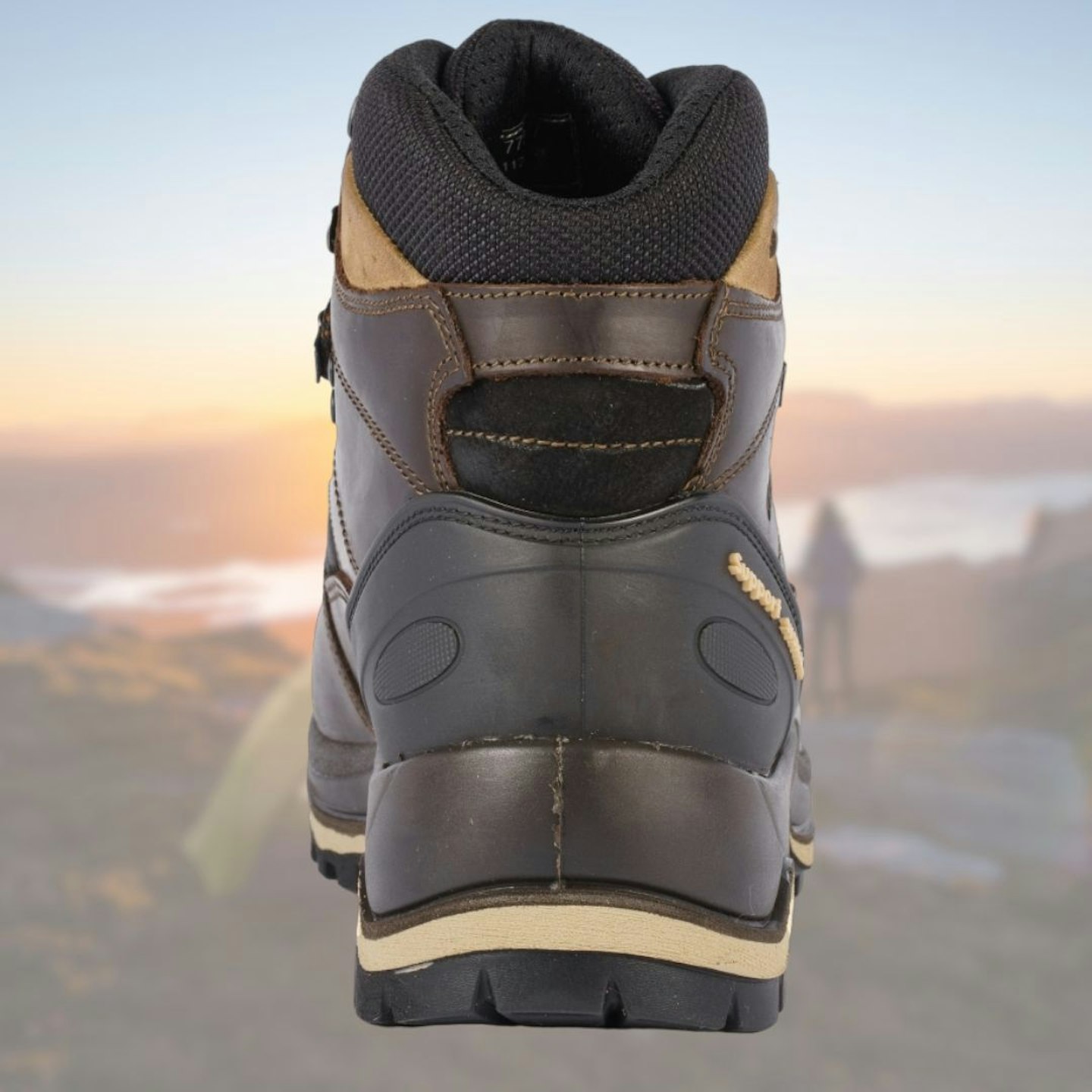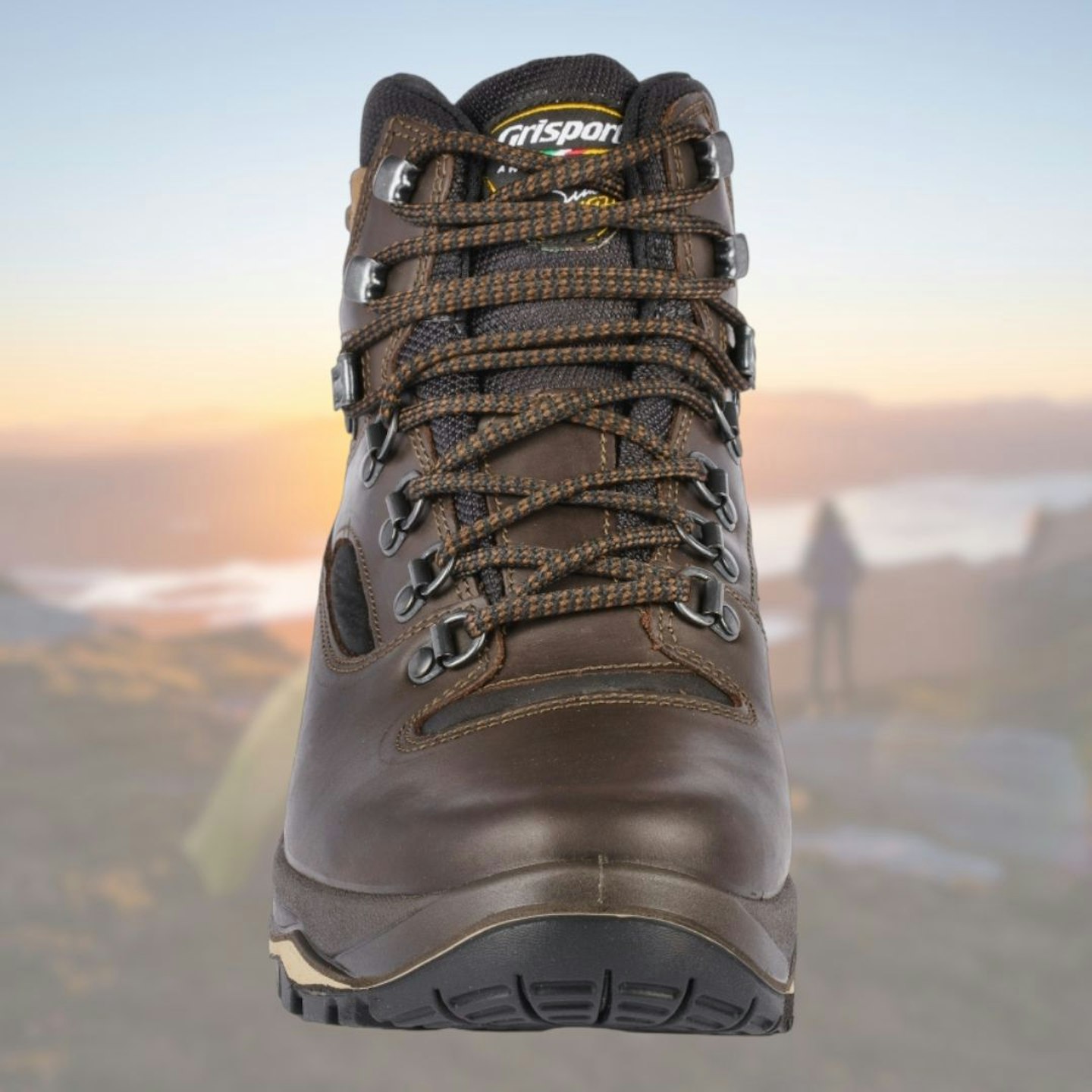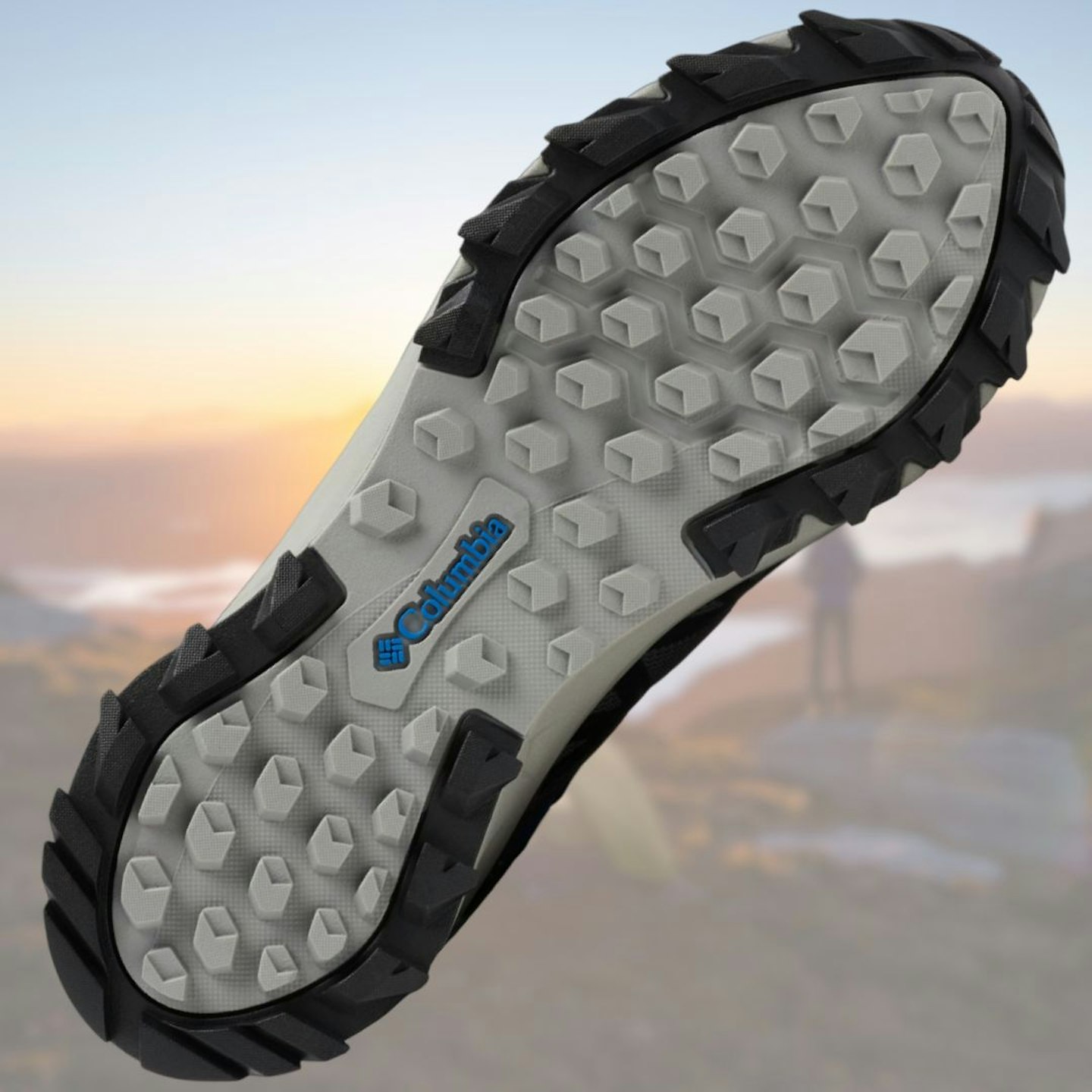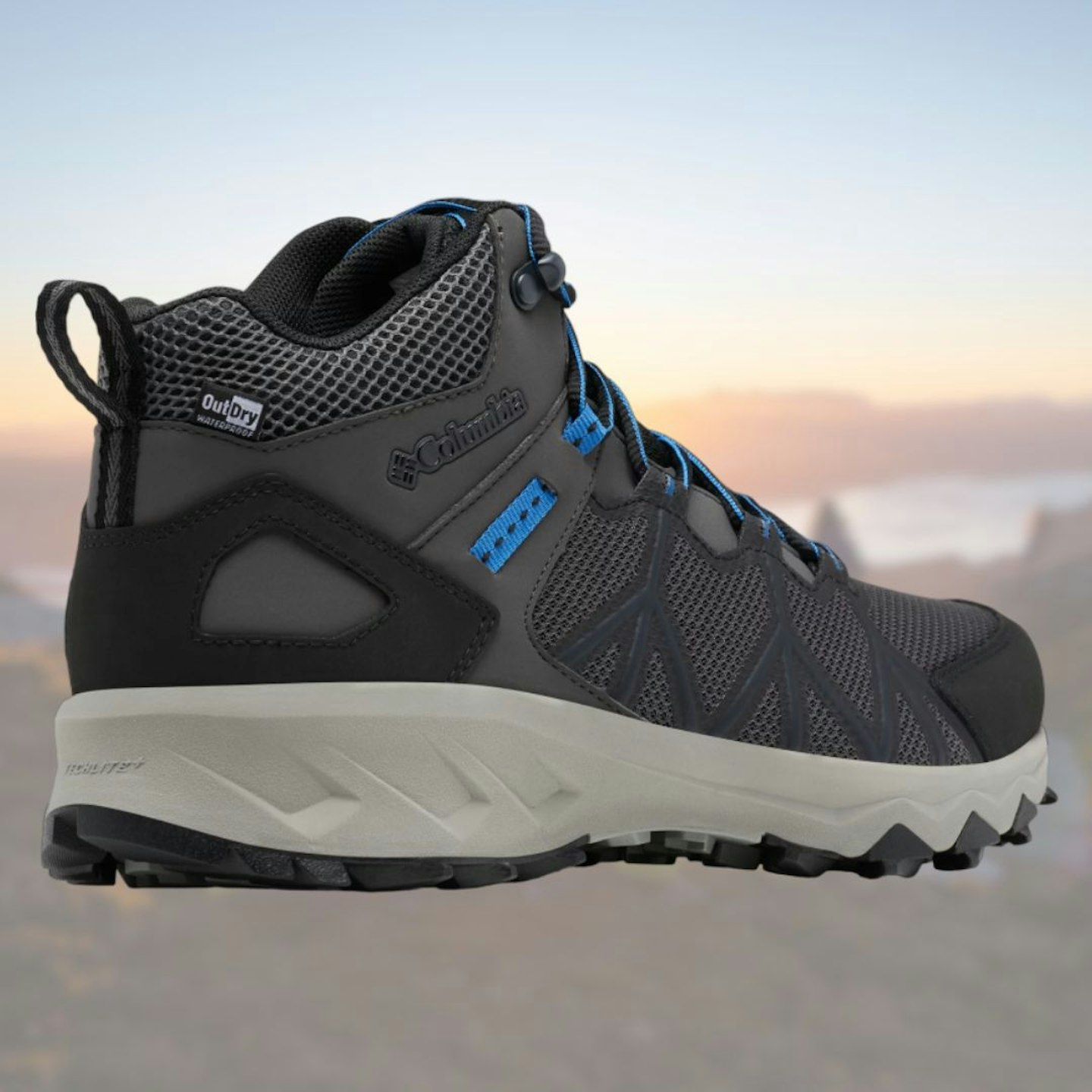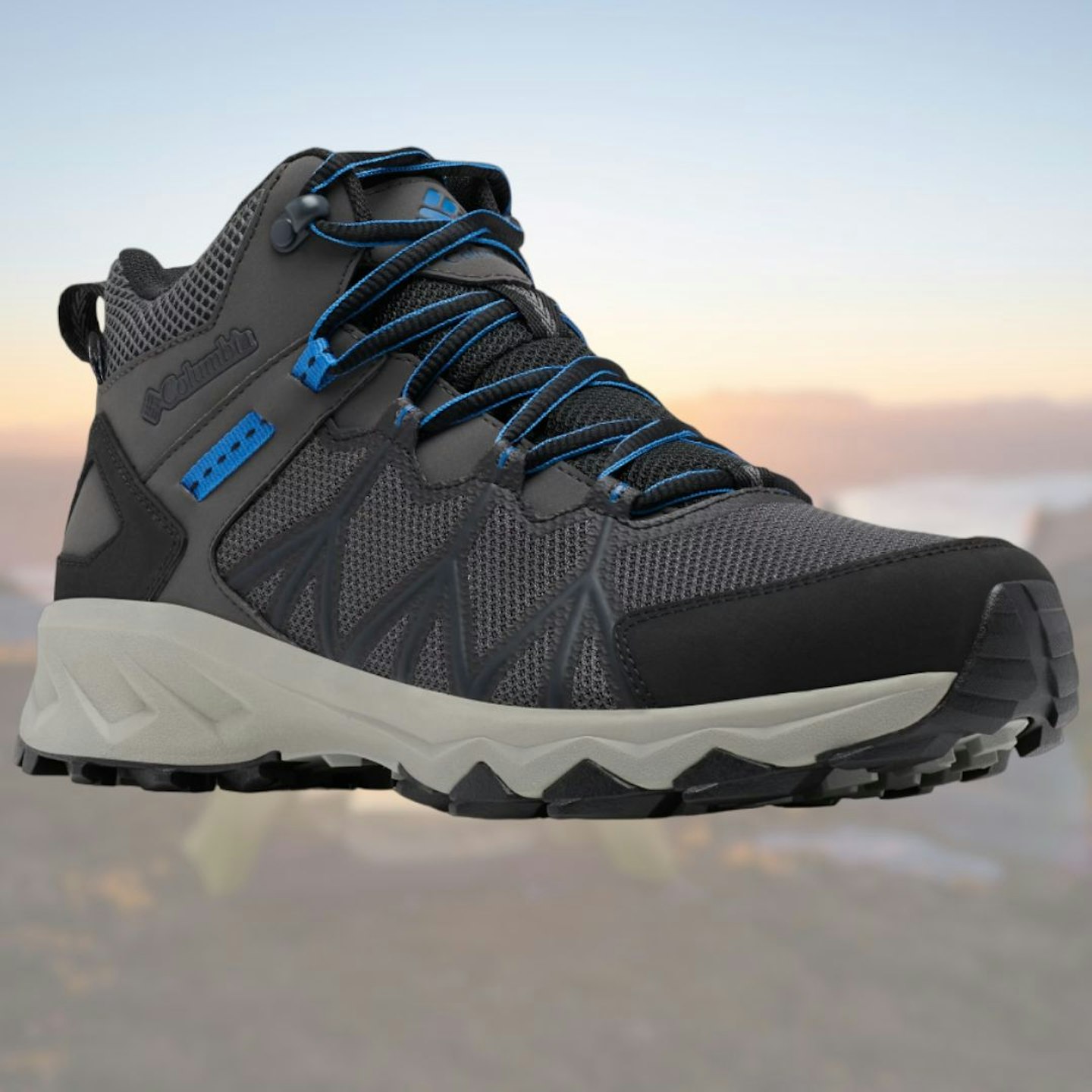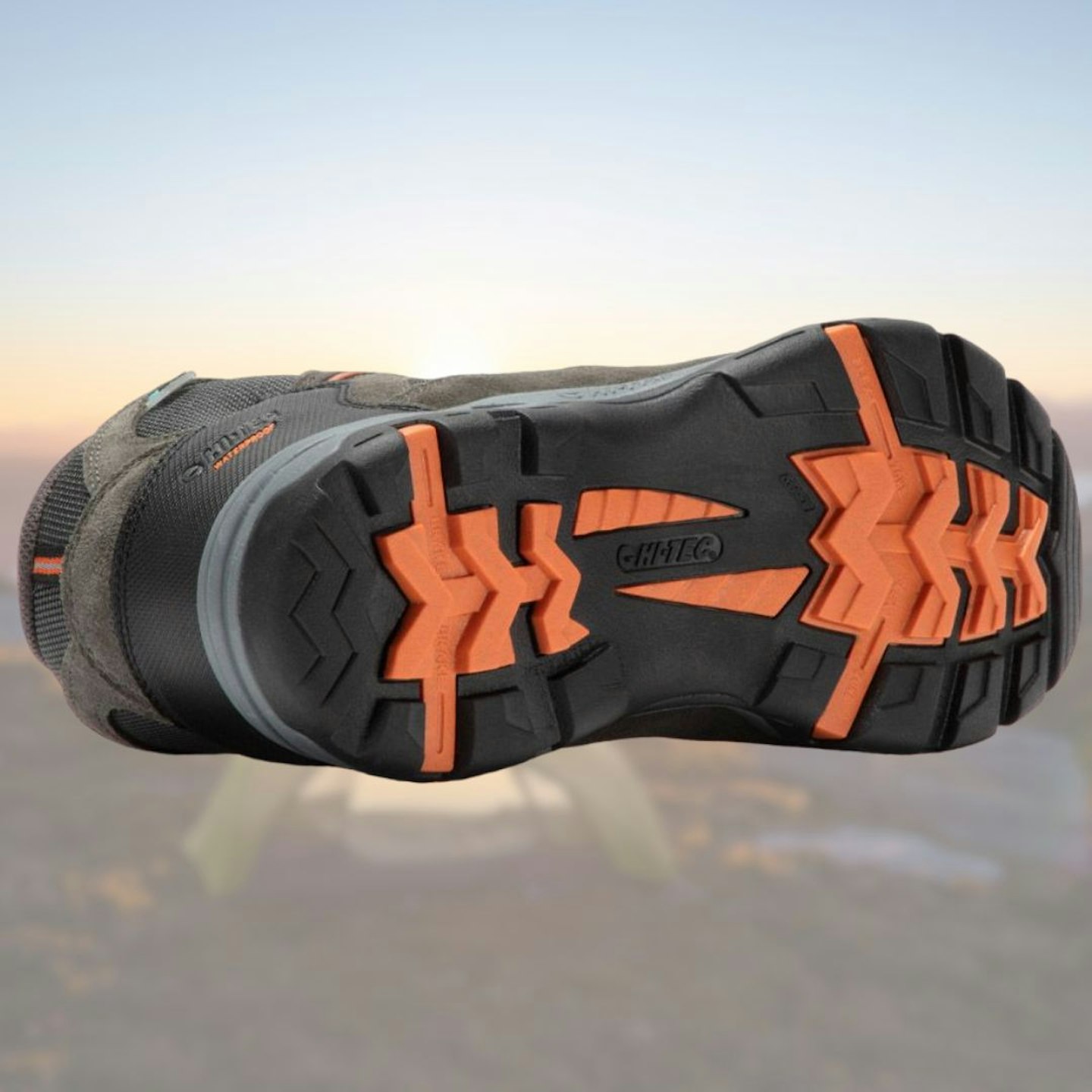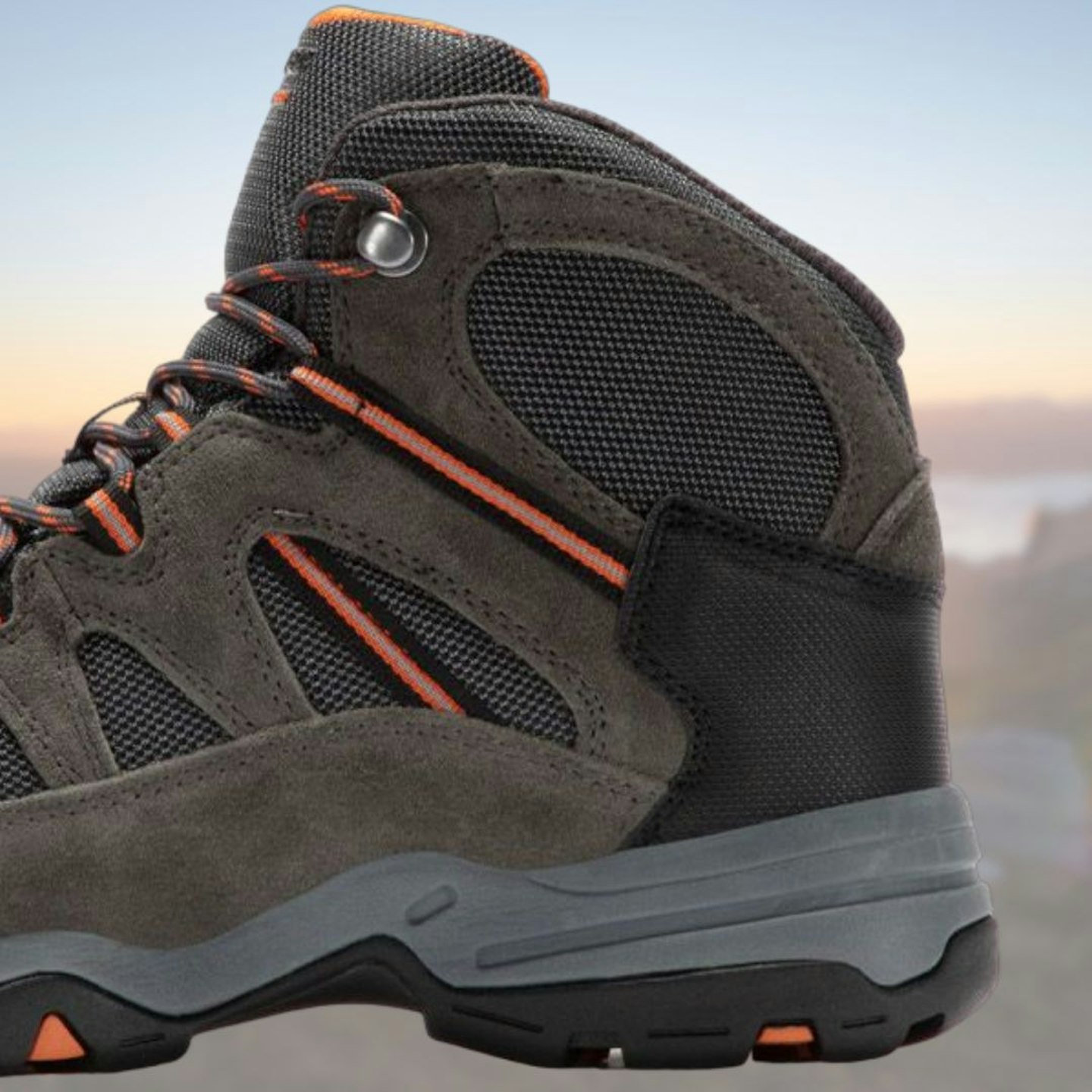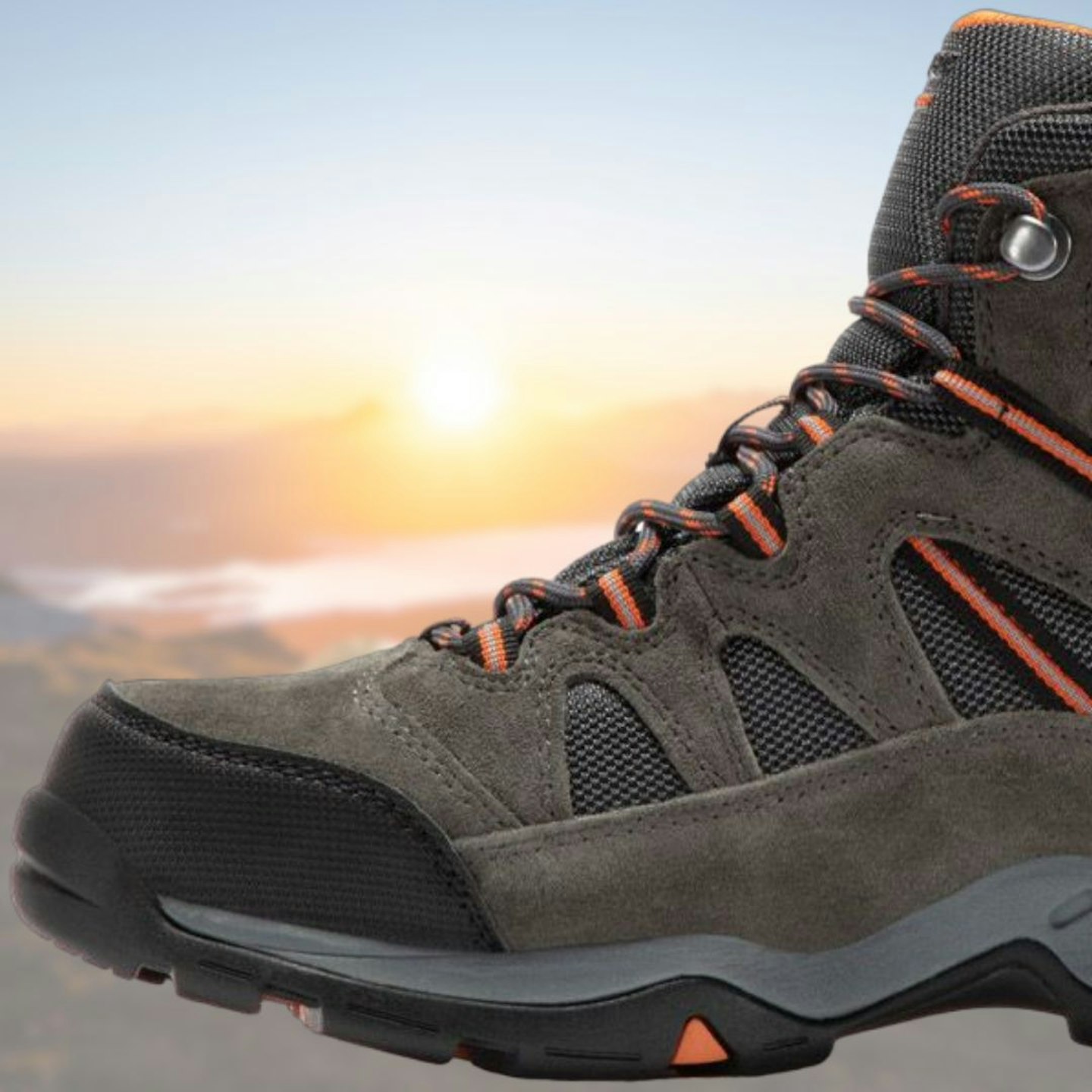Our advice is that if you need walking boots for technical terrain, paying more for the right pair is necessary, but for casual hillwalking and less demanding outings, you can do very well with a pair of budget walking boots.
Prices for the newest outdoor gear can be as eye-wateringly steep as Kirk Fell's nose. A premium pair of walking boots can RRP north of £200, if not closer to £250. But some budget walking boots will still perform well, soaking up the lumps and bumps of rough trails and keeping your feet dry in the wettest and muddiest of bogs.
What makes a budget walking boot great isn't a low-price-at-all-costs approach. What we look for in an affordable hiking boot is a balance between price and performance. You shouldn't be sacrificing comfort, grip, quality, and sustainability all in pursuit of the lowest possible price. That's not a bargain by any means.
What are the best budget walking boots of 2025?
Although each of our champion budget boots have different pros and cons, we've found each to be a walking boot or shoe that you can have confidence in and enjoy using on the trails. You won't need to grimace with sore feet and say, 'well at least they were cheap'.
Best budget walking boots reviewed:
The Vojo 3 Texapore Mid is simply also a dependable all-rounder at a reasonable price, which can often be found on great deals.
The Vojo 3 Texapore Mid provides dependable grip on a range of surfaces. It even has a slight edge over many cheaper walking boots when walking downhill thanks to chunky lugs at the heel, acting like a type of heel brake.
The suede leather and mesh upper is nice and breathable, with Jack Wolfskin's proprietary Texapore Pro membrane keeping water at bay.
We like that there are four lace hooks, rather than the usual two for a mid-boot. This means the Vojo 3 Texapore Mid offers more ankle support and stability. However, for anything more than a long day hike, a more protective midsole would be beneficial.
Jack Wolfskin has decent sustainability credentials, being a Fair Wear Foundation member with 'Leader' status. It's also 100% PFC/PFAS-free, and sources leather only as a by-product of the food industry. It aims to source only from tanneries awarded with Leather Working Group Gold Standard by 2027 at the latest.
Check out the women's version here
Read our full Jack Wolfskin Vojo 3 Texapore Mid review
Pros
- Versatile
- Sustainable
- Good size range
Cons
- Not ideal for longer treks
| RRP: | £120 |
| Weight (per boot): | 515g/1lb 2.1oz |
| Sole: | Jack Wolfskin rubber outsole |
| Men's sizes: | UK 6 - 15 |
| Women's sizes: | UK 3 - 9 |
| Upper: | Synthetic and suede leather w/ PFC-free Texapore Pro lining |
Where some hiking footwear are star performers in some areas and quite sub-par in others, the Keen Circadia Waterproof Boot is a dependable all-rounder.
The mix of leather and synthetic in the upper, plus Keen's classic stubby toecap makes for a durable and reasonably breathable hiking boot.
As for comfort, the insole is noticeably better for arch and heel support than most other standard insoles found in other boots. Padding around the ankle and Achilles is thick, and the wide fit will suit a lot of people. We found, because of Keen's generous fit, that sizing can run a bit large, so it pays to try before you buy.
The 5mm lugs offer reliable grip on most surfaces, including wet rock. But where they struggle most is in mud, especially on slopes, thanks to the absence of a heel brake.
Keen makes its footwear in an increasingly sustainable manner. The Circadia Waterproof Boot is PFC/PFAS-free and uses Leather Working Group-certified leather.
Check out the women's version here
Read our full Keen Circadia Waterproof Boot review
Pros
- Wider fit
- Sustainable
- Durable
Cons
- Not the best grip on muddy terrain
| RRP: | £120 |
| Weight (per boot): | 585g/1lb 4.6oz |
| Sole: | KEEN.FUSION rubber |
| Men's sizes: | EU 39.5 - 48 |
| Women's sizes: | EU 35 - 43 |
| Upper: | Synthetic and LWG-certified leathe w/ PFC-free KEEN.DRY lining |
One of the most common issues with more affordable hiking footwear is their inability to deal with soft and slippery ground. This is where the Berghaus Hillwalker II GTX – a British hiking classic – comes into play.
Of all the footwear recommended here, the Hillwalker II GTX has by far the best outsole. It's Berghaus' own OPTI-STUD construction, which gives you deep, chunky lugs for boggy ground, and a heel brake for slippery descents.
Because it's a full leather boot, you should expect considerable longevity if you care for it properly.
It's worth noting that this is a dedicated hillwalking boot, as the name suggests – not a mountain boot. The prime reason being that it lacks any rand or even substantial toe cap to shrug off grazes from rock.
Regarding sustainability, Berghaus is a certified B Corp, and most of the leather it uses is Leather Working Group certified.
Check out the women's version here
Pros
- Excellent grip for all hillwalking terrain
- Durable leather construction
- Gore-Tex waterproofing
Cons
- No rand or burly toe cap
| RRP: | £160 |
| Weight (per boot): | 601g/1lb 5.2oz |
| Sole: | OPTI-STUD |
| Men's sizes: | UK 7 - 12 |
| Women's sizes: | UK 4 - 8 |
| Upper: | Leather w/ Gore-Tex lining |
It’s good to know that, even with the cost of living crisis, you can still purchase a pair of Italian made leather boots like this for less than £100 (if you shop around). The Quatro is a big seller and it’s extremely comfortable.
The footbed feels firm and the ankle cuff and tongue are both padded – not to a great degree, but certainly enough to feel snug and well supported. The three-tier lacing system also provides enough flexibility to ensure ankle feel secure without being too restricted.
The Quatro locks the heel comfortably into place and is very well protected (as were our toes). The Quatro has quite a rigid outsole, with excellent grip (both great qualities for mountain adventures).
Being a leather boot, it's the heaviest boot here, and if you don't keep the leather waxed it can absorbs a fair bit of water, which adds to the weight (but even if it does, the Spotex waterproof liner works a treat).
The Quatro boots also have a tendency to slip rather easily on wet smooth rock. But if you’re someone who’s watching the pennies but still wants a fine pair of leather boots that’ll look after your feet on mountain excursions, these are a great bet.
Pros
- Comfortable
- Ample ankle support and foot protection
- Durable
Cons
- Heavy
- Not the best grip on bare rock
| RRP: | £120/$132 |
| Weight (per boot): | 850g/1lb 13oz |
| Sole: | Vibram |
| Upper: | Leather |
| Sizes: | Unisex EU 36 - 47 |
| Upper: | Leather w/ Spotex waterproof lining |
Along with Merrell, Columbia dominate the market for American-style, fast, light footwear with a focus on traction. That’s clear here with the PeakFreak, the second generation version of a popular light hiking boot that developed from Columbia’s running shoe range.
It’s soft, squidgy (especially underfoot, thanks to its OrthoLite EcoLT footbed) and it gave us a real bounce to our stride. And at 441g it was one of the lightest boots on test. That’s due in part to the highly breathable OutDry membrane, which is heat-bonded to the upper rather than being contained within an internal bootie as most membranes (including Gore-Tex) are.
It’s also very grippy: ascending the sloppy slopes of Delamere Forest in Cheshire, these dug in admirably, and barely slipped from any placement. We found they lack the toughness and support you need for mountains, though, and the fit is rather loose: the mid-height collar sat awkwardly around our tester's ankle, making them very cautious on descents.
So, the name might be PeakFreak, but I think this version is most at home in our fields and woodland, where it bounces along joyously.
Check out the women's version here
Pros
- Great for fast hikes
- Reliable and breathable waterproofing
- Impressive traction
Cons
- Not very tough
- Poor ankle support
| RRP: | £125 |
| Weight (per boot): | 441g/1lb 1.5oz |
| Sole: | Adapt Trax |
| Men's sizes: | UK 6 - 14 |
| Women's sizes: | UK 3 - 10 |
| Upper: | Synthetic w/ OutDry waterproof lining |
For those after a shoe suitable for easy hikes, travel, and everyday use, the Dromoventure Athletic Low needs to be on your radar.
The outsole pattern is a collection of cleat-shaped lugs, which give you plenty of grip on hard-packed trails and footpaths – an ideal setup for those looking for footwear that can cope with urban streets and nearby trails in equal measure.
Backing up the grip is a thick, cushioned midsole for soaking up the harsh impact of treading on hard ground. You also get a very breathable upper with a speed lacing system. The lacing is indeed speedy but would be better if you got a pouch to tuck the lacing into, like you do with Salomon Quicklace shoes.
The high-backed ankle tab of the shoe cups the foot nicely and helps prevent blisters. But ironically, you need to wear ankle or crew-length socks to achieve this, otherwise the tab itself rubs uncomfortably against your Achilles.
Check out the men's version here
Pros
- Versatile for hiking, travelling, and everyday use
- Hard-wearing outsole
- Speed lacing system
Cons
- Wider versatility means it doesn't excel on challenging hiking trails
| RRP: | £110 |
| Weight (per shoe): | 250g/8.81oz |
| Sole: | Jack Wolfskin rubber outsole |
| Men's sizes: | UK 6 - 13 |
| Women's sizes: | UK 3 - 9 |
| Upper: | Synthetic |
The RRP of this boot is over £75 but you'd be doing well to pay full price here.
The Bandera II's looks and design are similar to the Jack Wolfskin Vojo 3's, and we found it performs quite well too, albeit with a performance and comfort gap that is proportional to the price difference.
We liked the relative stiffness and foot protection of the Banderra II. And grip is fine so long as you're sticking to paths.
The outsole is Hi-Tec's own design and it's quite simplistic, so we found it can struggle on steeper terrain, especially when going downhill.
In summary, this is a dependable and very well priced walking boot for leisurely outings. But if you want better performance and eco credentials, you'll need to spend a bit more.
Check out the women's version here
Pros
- Can easily be found highly discounted
- Better foot protection than most competitors
Cons
- Grip struggles on wet descents
| RRP: | £100 |
| Weight (per boot): | 618g/1lb 5.8oz (UK10) |
| Sole: | M-D Traction |
| Men's sizes: | UK 6 - 15 |
| Women's sizes: | UK 3 - 8 |
| Upper: | Suede and mesh w/ Dri-Tec lining |
How we test walking boots
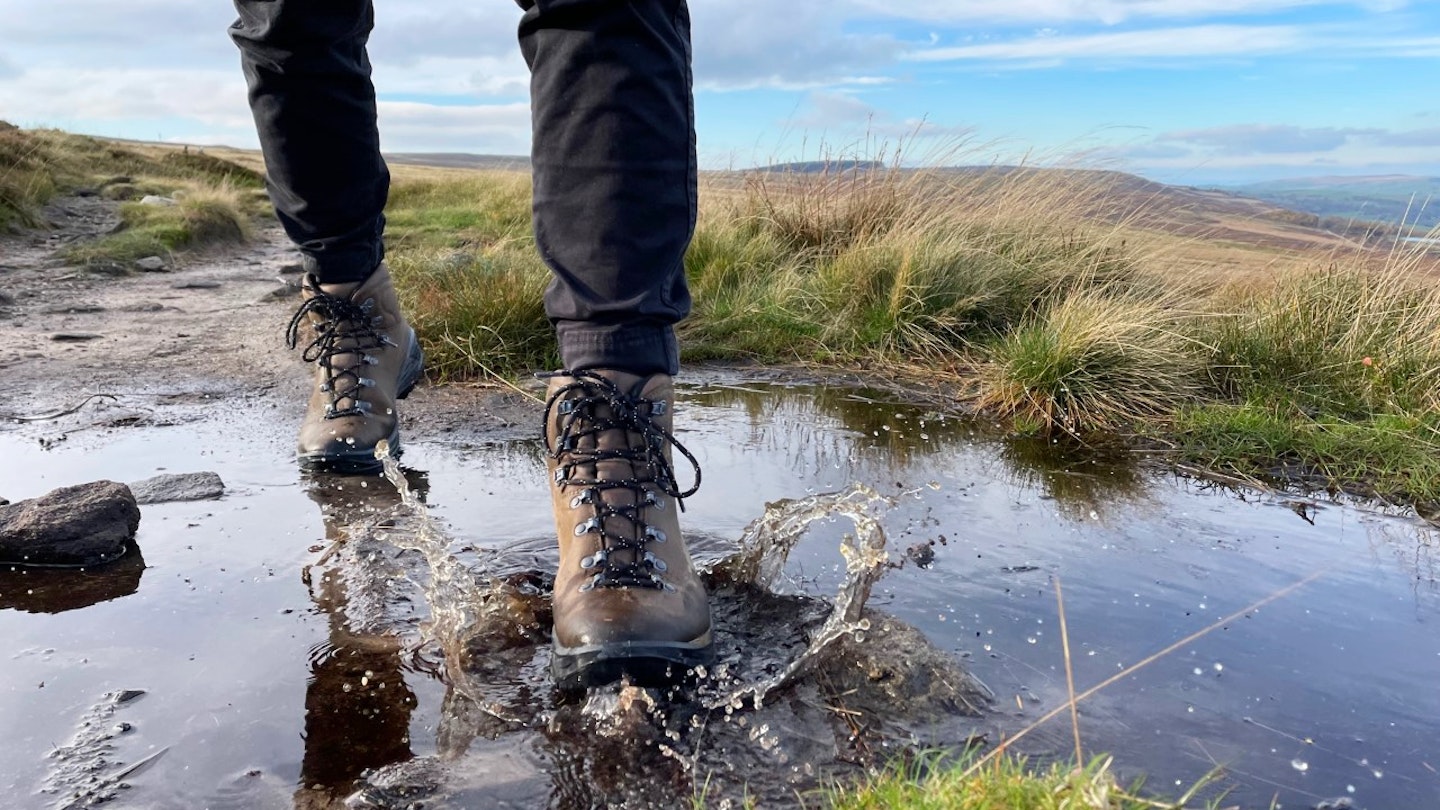
The hiking footwear we test undergoes thorough, real-world testing. As soon as they arrive with us, they get latched to one of our experienced gear testers and stomp off into the hills.
We consider myriad factors when testing and reviewing hiking footwear, from the obvious such as comfort and performance, to the less obvious and intricate such as sustainability.
Most of the boots recommended here have been tested by Chris Williams. Chris has been testing gear for us since 2021, and has journalistic, outdoor industry, and basically his lifetime's worth of hiking experience to bring to his gear reviews.
How do I choose a budget walking boot?
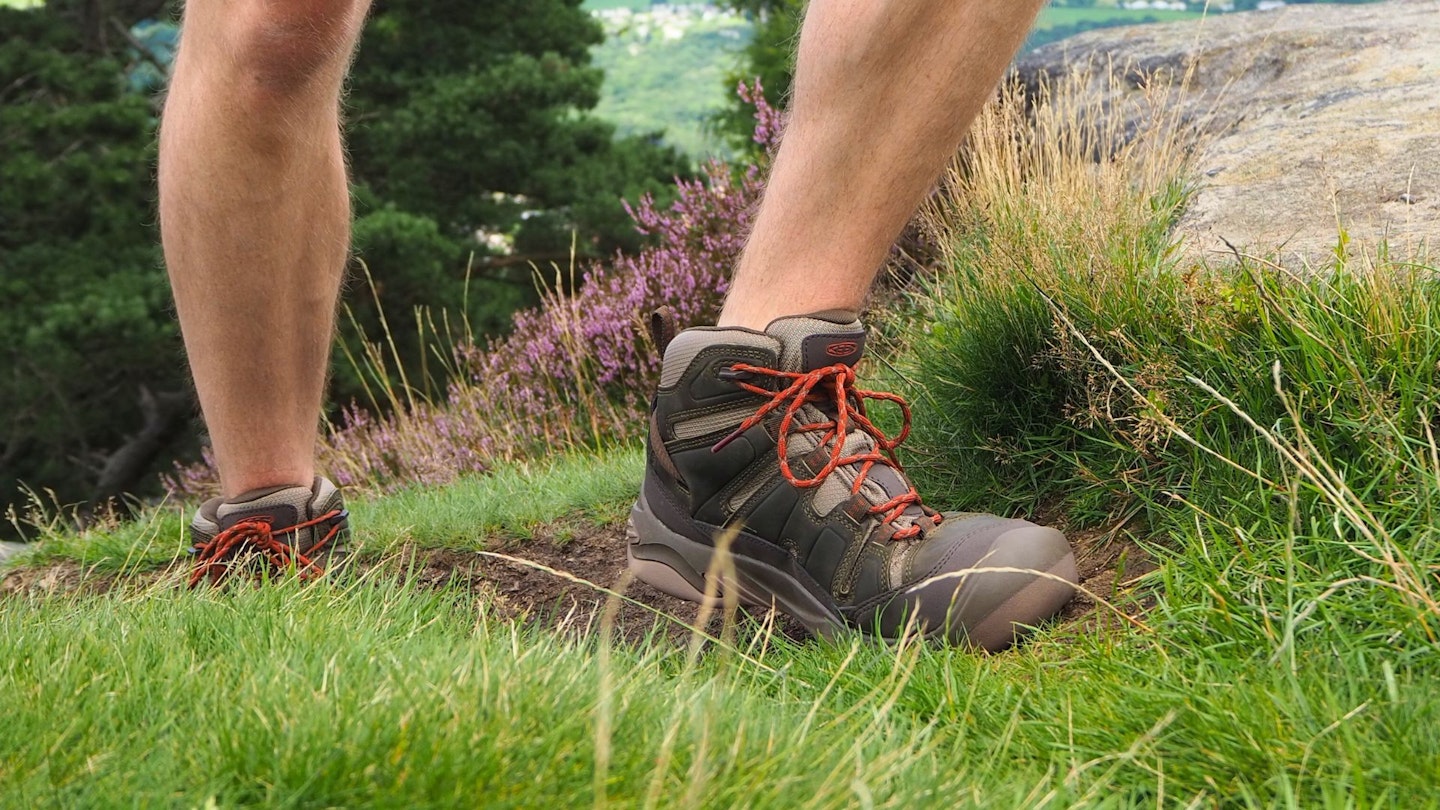
Ankle cuff: A mid boot has a lower ankle cuff than a high boot, which saves weight and gives a more flexible, trainer-like feel. However, a lower ankle cuff can allow water, mud and debris into the boot. They may also give less ankle support. Either way, look for a boot with a soft and well-padded ankle cuff.
Fit: While we've given general notes on the overall fit and volume of each boot, we'd always recommend you try before you buy. There's really no substitute for a proper boot fitting in a shop, with an experienced fitter.
Heel counter: This is the stiffened cup that encloses the heel, providing protection and support. A firm heel counter helps to lock the foot in place and offers additional stability.
Insole: The insole supports the foot, enhancing comfort and stability. Unfortunately, many boots come with flimsy insoles. You might want to swap them out for specialist aftermarket insoles, particularly if you have longstanding foot problems.
Lacing: Most boots combine metal eyelets or rings with locking lace hooks that allow you to alter the tension across different parts of the foot. It should run smoothly and enable easy, precise adjustment.
Midsole: The midsole provides cushioning and stability. It is usually made from either EVA or PU, two different types of foam rubber. EVA offers lightweight cushioning but gradually compresses over time. PU is heavier but more durable, resulting in a stiffer boot with a firmer feel underfoot.

Outsole: The outsole provides traction via a tread pattern of rubber cleats or lugs. In general, deep and widely-spaced lugs offer greater traction and are less likely to clog. Different rubber compounds are used too. Softer compounds usually offer better grip, but harder compounds tend to wear better. A deep heel breast – the step between the heel and midfoot – adds valuable control on steep descents.
Price: Shop around for savings. Sign up to mailing lists for discounts. Some retailers will price match, or offer discounts for armed forces, Blue Light, NHS or BMC members.
Tongue: A padded tongue is essential for comfort but also look for a gusseted or bellows tongue. This means it is fully attached to the uppers, rather than only sewn in at the bottom of the laces. This prevents water and debris from entering the boot.
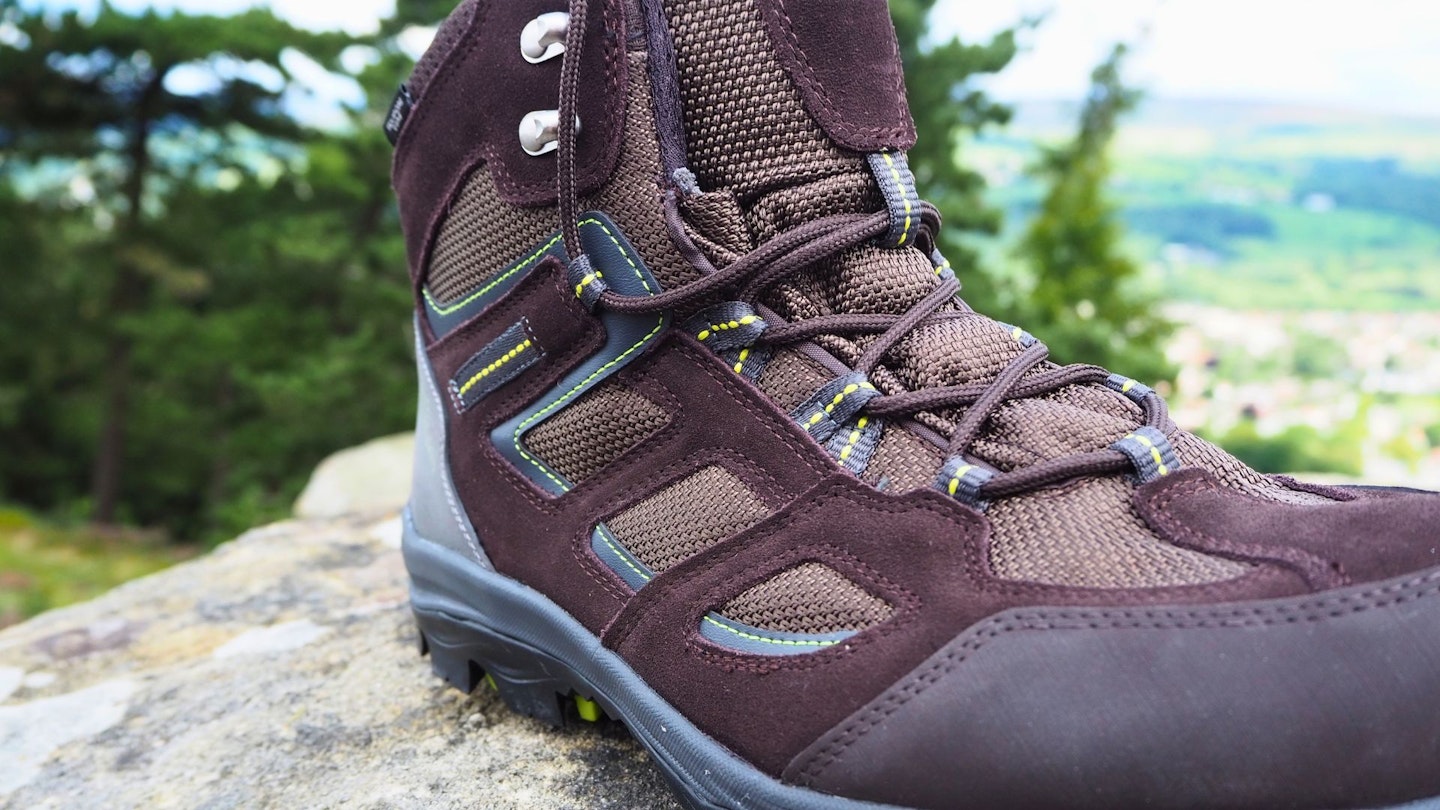
Uppers: Boots with leather uppers – especially full-grain leather, but also nubuck and suede – are renowned for being robust and long-lasting. Fabric boots are slightly less durable but are usually lighter, more breathable and more flexible, which is a plus if you're looking for instant comfort with no break-in period.
Volume: Walkers with wide feet or high arches need more space inside their boots than those with narrow or flat feet. So, when fitting boots, check there's adequate space around the forefoot. Too little room will cause pinching, but too much allows the boot to roll around your foot on uneven ground. The addition of a thicker insole can reduce the overall volume of a boot.
What's the difference between walking boots and walking shoes?
Walking boots, like the ones pictured here, rise up the ankle higher than walking shoes. How high they come up depends on what they're designed for.
For example, technical hiking boots made for very rugged terrain can come up several inches above your ankle bone. Some boots, which often have 'mid' in their product name, come up a little lower and typically offer less support and stability.
Walking shoes typically finish beneath the ankle bone, so you don't get as much protection from twisting an ankle. However, the lack of height means they'll be lighter. Hiking shoes are normally best for less demanding terrain or well maintained paths.
How do I clean walking boots
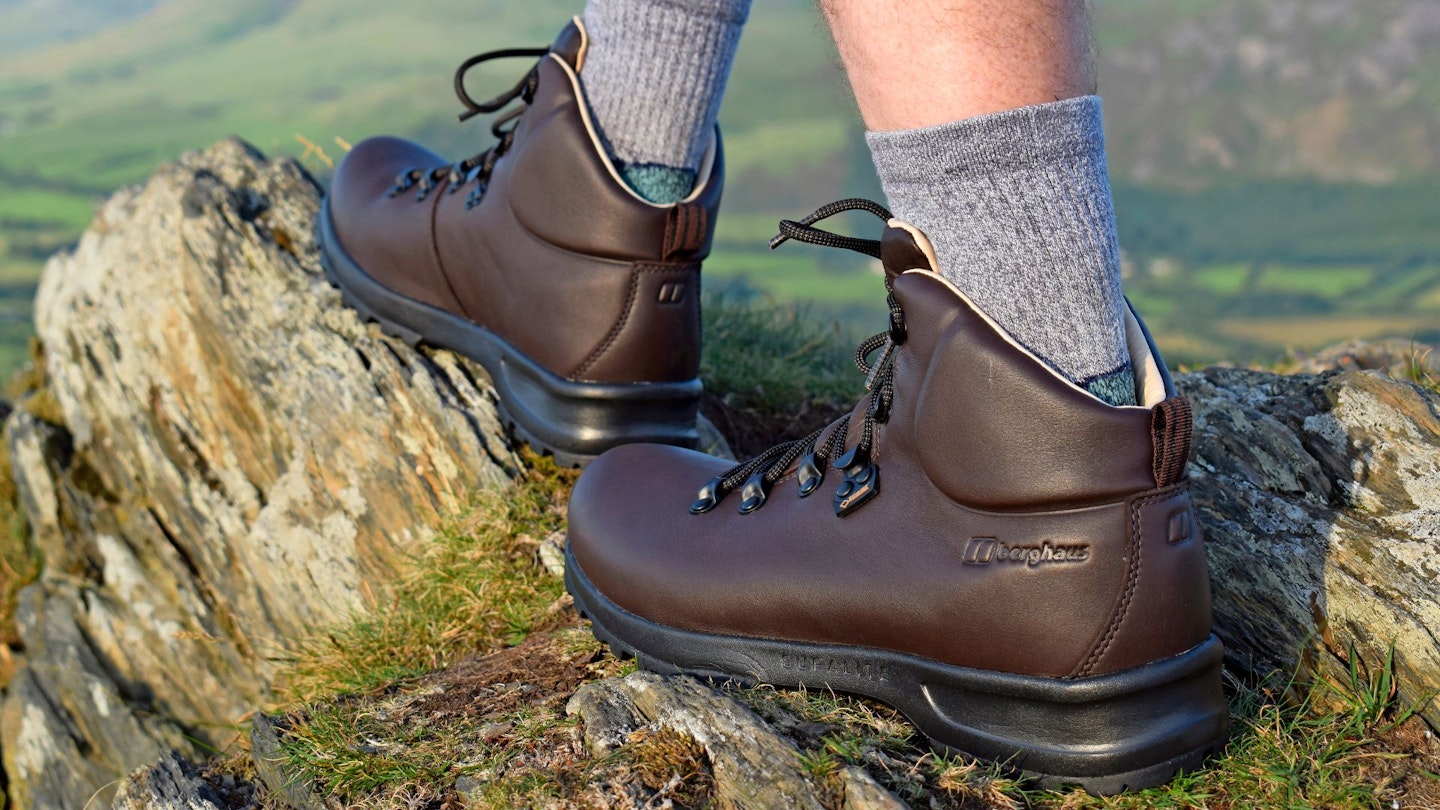
If you expect your boots to take care of you, you have to take care of them in return. This is vital to boot performance and longevity. Getting rid of the muck, dirt, and sweat from your boots will prevent the materials from deteriorating, keep them waterproof, and maintain their breathability.
Some of our favourite gear cleaining products come from Granger's and Nikwax. Their products are both effective and PFC-free. See our recommendations below:
Best footwear cleaner
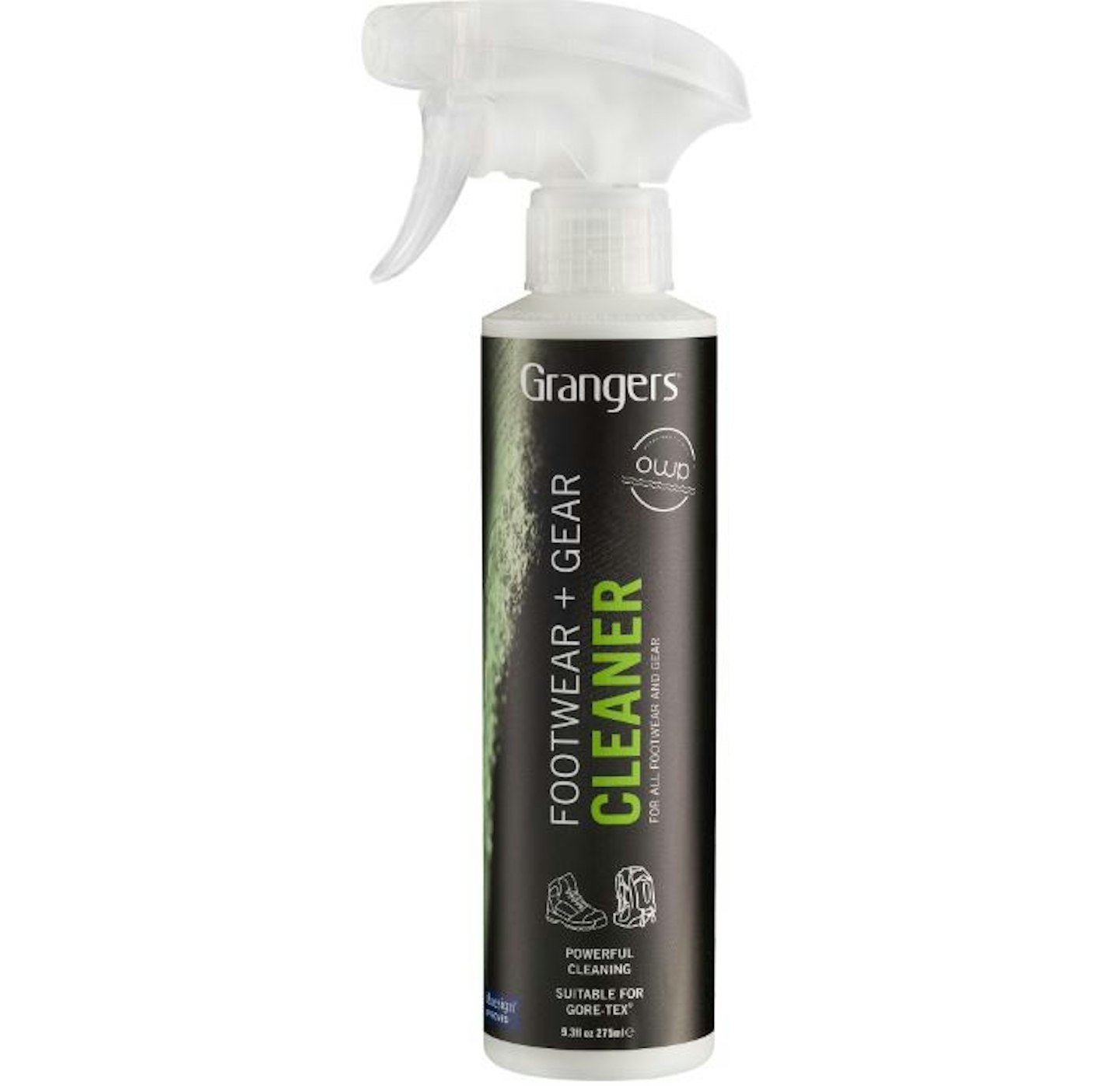
Eco-friendly, PFC-free footwear and gear spray-on spot cleaner. It's versatile and can be used on almost all your gear, for those smaller stains and marks.
Best footwear reproofer
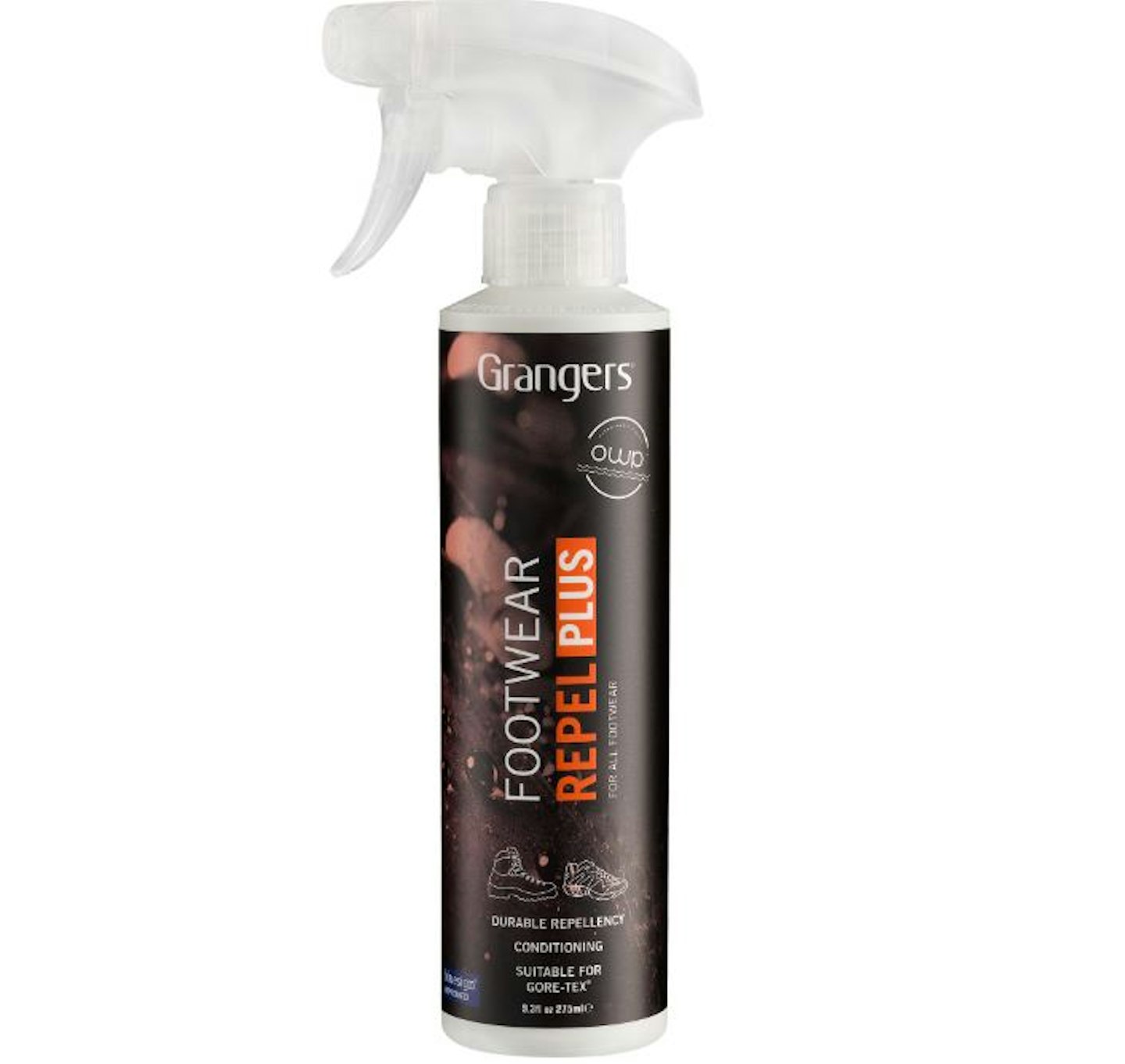
Eco-friendly, PFC-free footwear spray-on reproofer. The Footwear Repel Plus from Grangers is our pick for a cleaning spray that can cover a wide range of fabrics and membranes, including Gore-Tex.
Best footwear care kit
Leather and fabric footwear care kit including brush and dry bag. The sustainability credentials on this care kit are great, and the included dry bag becomes a big help on multi-day hikes or camping trips.
About the author
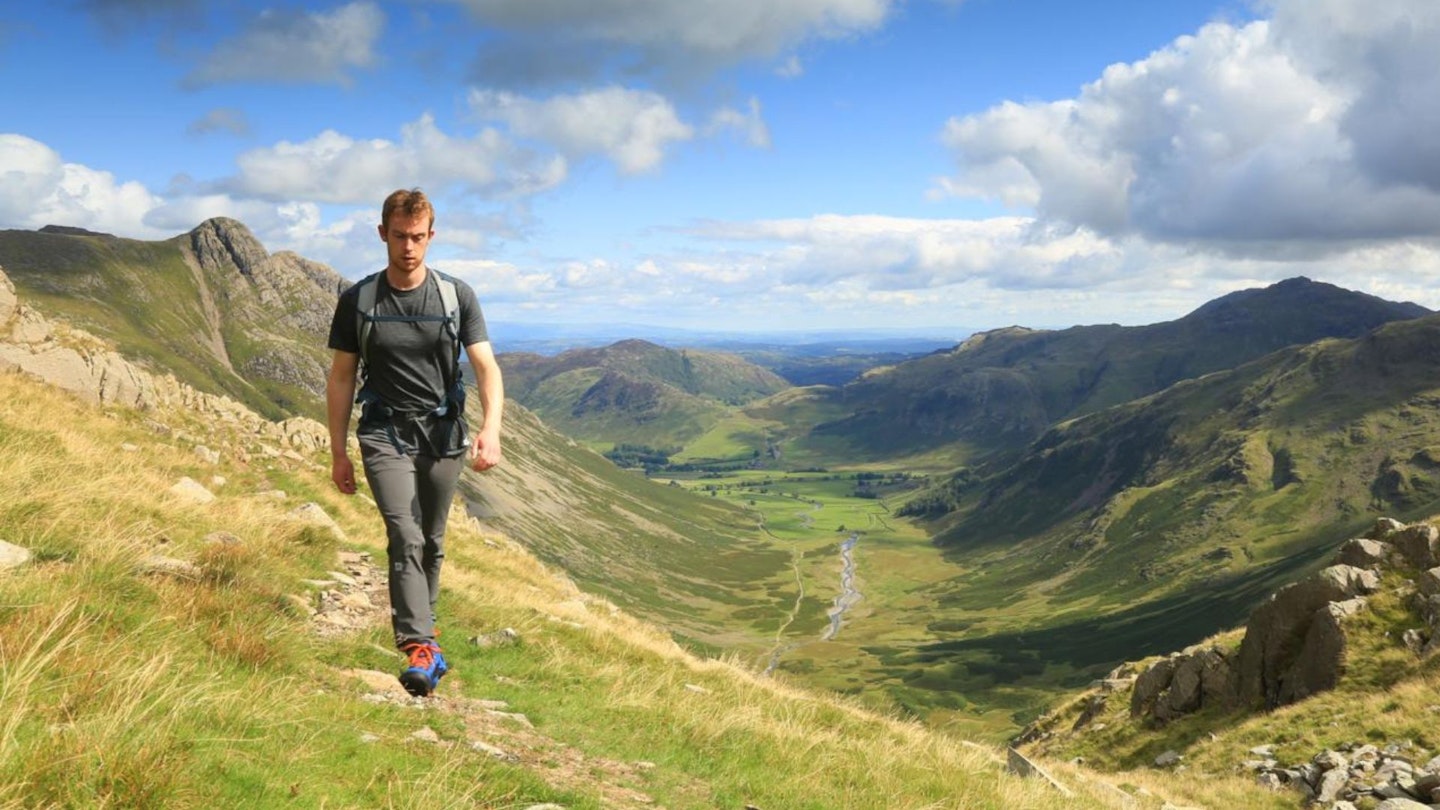
Chris Williams is LFTO's Senior Writer. He has worked both as a journalist in New Zealand and for outdoor gear brands and has extensive knowledge and experience using and testing outdoor and camping products. Chris has been working on Live For The Outdoors since 2021.

